Don’t roll your own high cardinality analytics, use Workers Analytics Engine
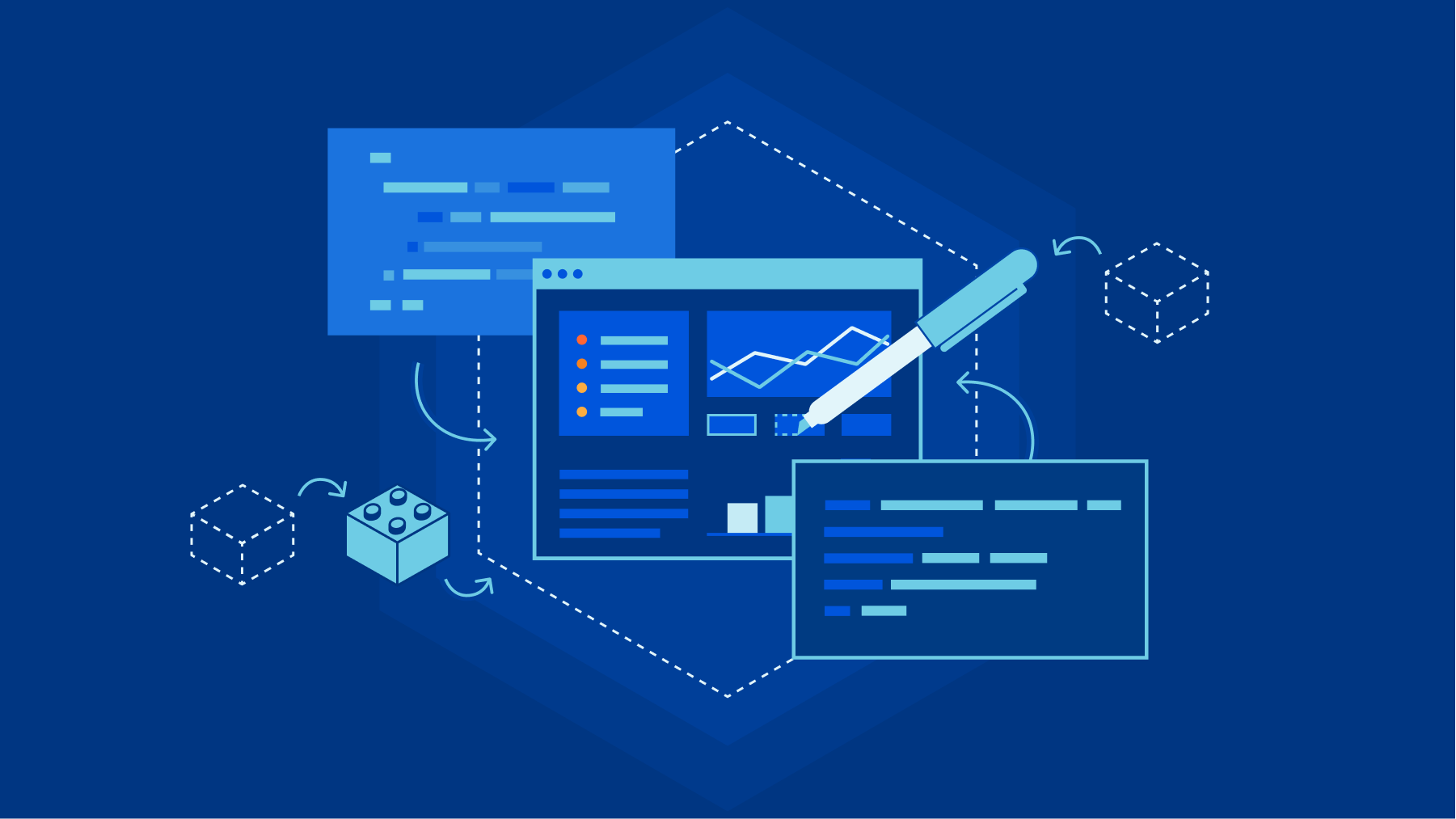
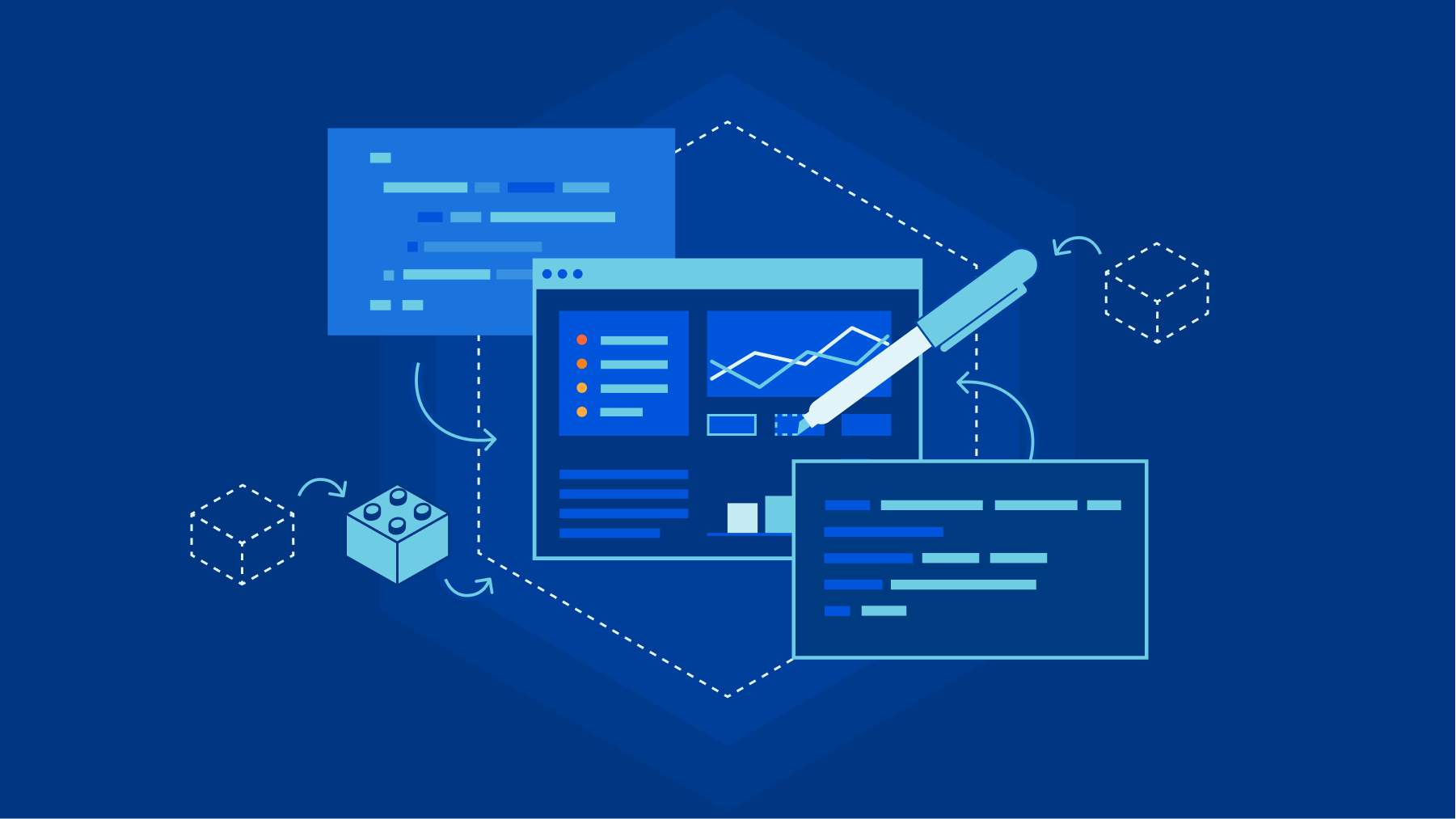
Workers Analytics Engine (or for short, Analytics Engine) is a new way for developers to store and analyze time series analytics about anything using Cloudflare Workers, and it’s now in open beta! Analytics Engine is really good at gathering time-series data for really high cardinality and high-volume data sets from Cloudflare Workers. At Cloudflare, we use Analytics Engine to provide insight into how our customers use Cloudflare products.
Log, log, logging!
As an example, Analytics Engine is used to observe the backend that powers Instant Logs. Instant Logs allows Cloudflare customers to stream a live session of the HTTP logs for their domain to the Cloudflare dashboard. The backend for Instant Logs is built on Cloudflare Workers.
Briefly, the Instant Logs backend works by receiving requests from each Cloudflare server that processes a customer's HTTP traffic. These requests contain the HTTP logs for the customer’s HTTP traffic. The Instant Logs backend then forwards these HTTP logs to the customer’s browser via a WebSocket.
In order to ensure that the HTTP logs are being delivered smoothly to a customer's browser, we need to track the request rates across all active Instant Logs sessions. We also need to track the request rates Continue reading
Project A11Y: how we upgraded Cloudflare’s dashboard to adhere to industry accessibility standards


At Cloudflare, we believe the Internet should be accessible to everyone. And today, we’re happy to announce a more inclusive Cloudflare dashboard experience for our users with disabilities. Recent improvements mean our dashboard now adheres to industry accessibility standards, including Web Content Accessibility Guidelines (WCAG) 2.1 AA and Section 508 of the Rehabilitation Act.
Over the past several months, the Cloudflare team and our partners have been hard at work to make the Cloudflare dashboard1 as accessible as possible for every single one of our current and potential customers. This means incorporating accessibility features that comply with the latest Web Content Accessibility Guidelines (WCAG) and Section 508 of the US’s federal Rehabilitation Act. We are invested in working to meet or exceed these standards; to demonstrate that commitment and share openly about the state of accessibility on the Cloudflare dashboard, we have completed the Voluntary Product Accessibility Template (VPAT), a document used to evaluate our level of conformance today.
Conformance with a technical and legal spec is a bit abstract–but for us, accessibility simply means that as many people as possible can be successful users of the Cloudflare dashboard. This is important because each day, more and more Continue reading
Goodbye, Alexa. Hello, Cloudflare Radar Domain Rankings


The Internet is a living organism. Technology changes, shifts in human behavior, social events, intentional disruptions, and other occurrences change the Internet in unpredictable ways, even to the trained eye.
Cloudflare Radar has long been the place to visit for accessing data and getting unique insights into how people and organizations are using the Internet across the globe, as well as those unpredictable changes to the Internet.
One of the most popular features on Radar has always been the “Most Popular Domains,” with both global and country-level perspectives. Domain usage signals provide a proxy for user behavior over time and are a good representation of what people are doing on the Internet.
Today, we’re going one step further and launching a new dataset called Radar Domain Rankings (Beta). Domain Rankings is based on aggregated 1.1.1.1 resolver data that is anonymized in accordance with our privacy commitments. The dataset aims to identify the top most popular domains based on how people use the Internet globally, without tracking individuals’ Internet use.
There are a few reasons why we're doing this now. One is obviously to improve our Radar features with better data and incorporate new learnings. But also, ranking Continue reading
The (hardware) key to making phishing defense seamless with Cloudflare Zero Trust and Yubico
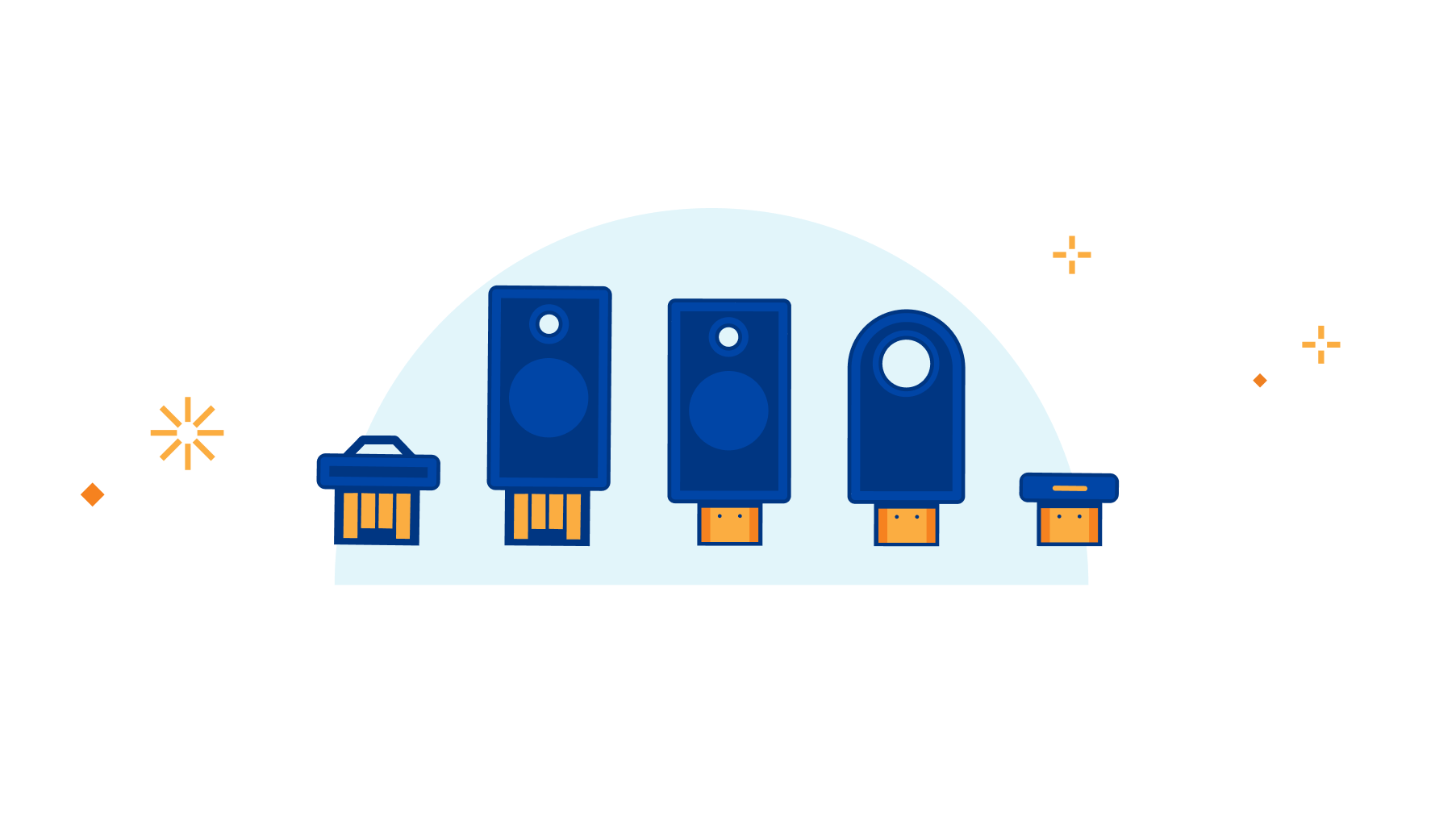
This post is also available in 简体中文, Français, 日本語 and Español.
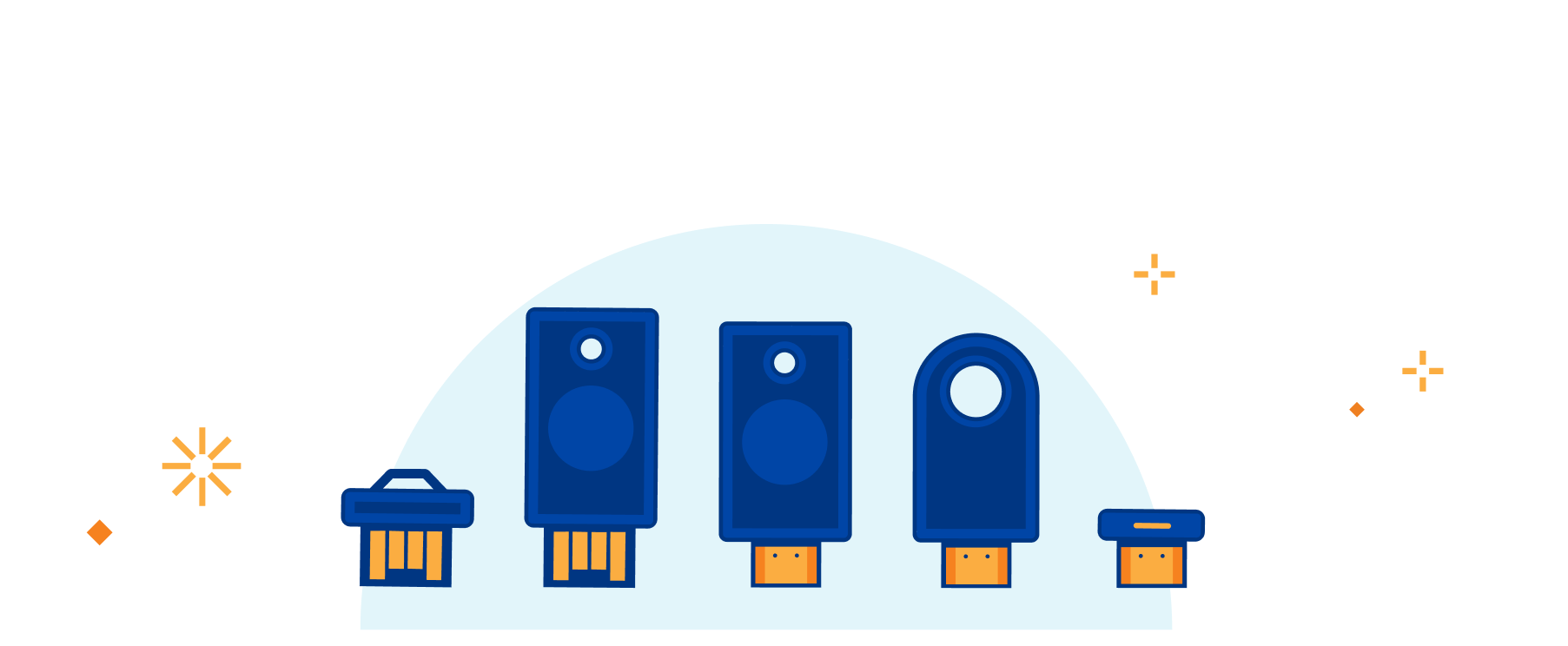
Hardware keys provide the best authentication security and are phish-proof. But customers ask us how to implement them and which security keys they should buy. Today we’re introducing an exclusive program for Cloudflare customers that makes hardware keys more accessible and economical than ever. This program is made possible through a new collaboration with Yubico, the industry’s leading hardware security key vendor and provides Cloudflare customers with exclusive “Good for the Internet” pricing.
Yubico Security Keys are available today for any Cloudflare customer, and they easily integrate with Cloudflare’s Zero Trust service. That service is open to organizations of any size from a family protecting a home network to the largest employers on the planet. Any Cloudflare customer can sign in to the Cloudflare dashboard today and order hardware security keys for as low as $10 per key.
In July 2022, Cloudflare prevented a breach by an SMS phishing attack that targeted more than 130 companies, due to the company’s use of Cloudflare Zero Trust paired with hardware security keys. Those keys were YubiKeys and this new collaboration with Yubico, the maker of YubiKeys, removes barriers for Continue reading
How Cloudflare implemented hardware keys with FIDO2 and Zero Trust to prevent phishing
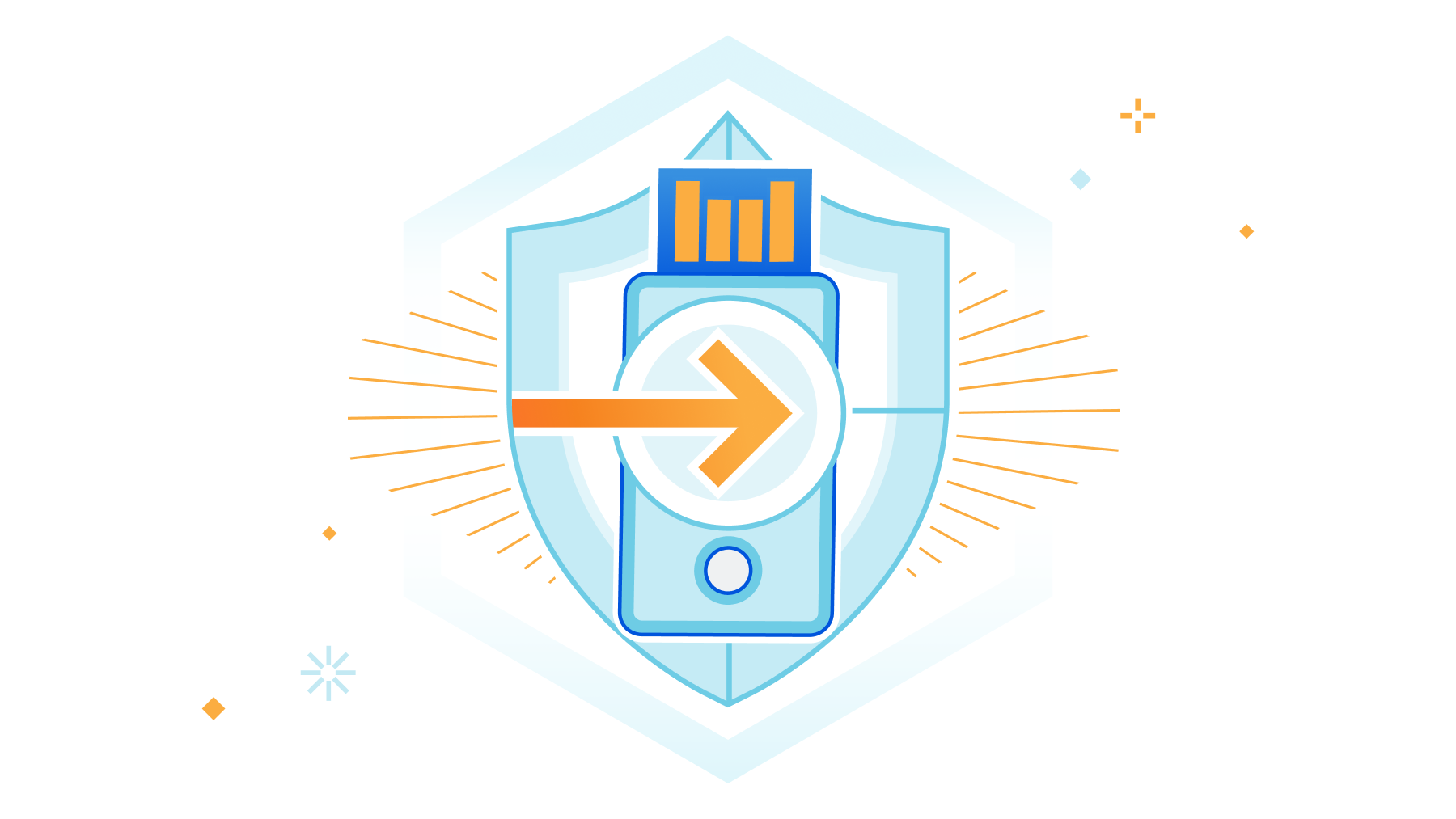
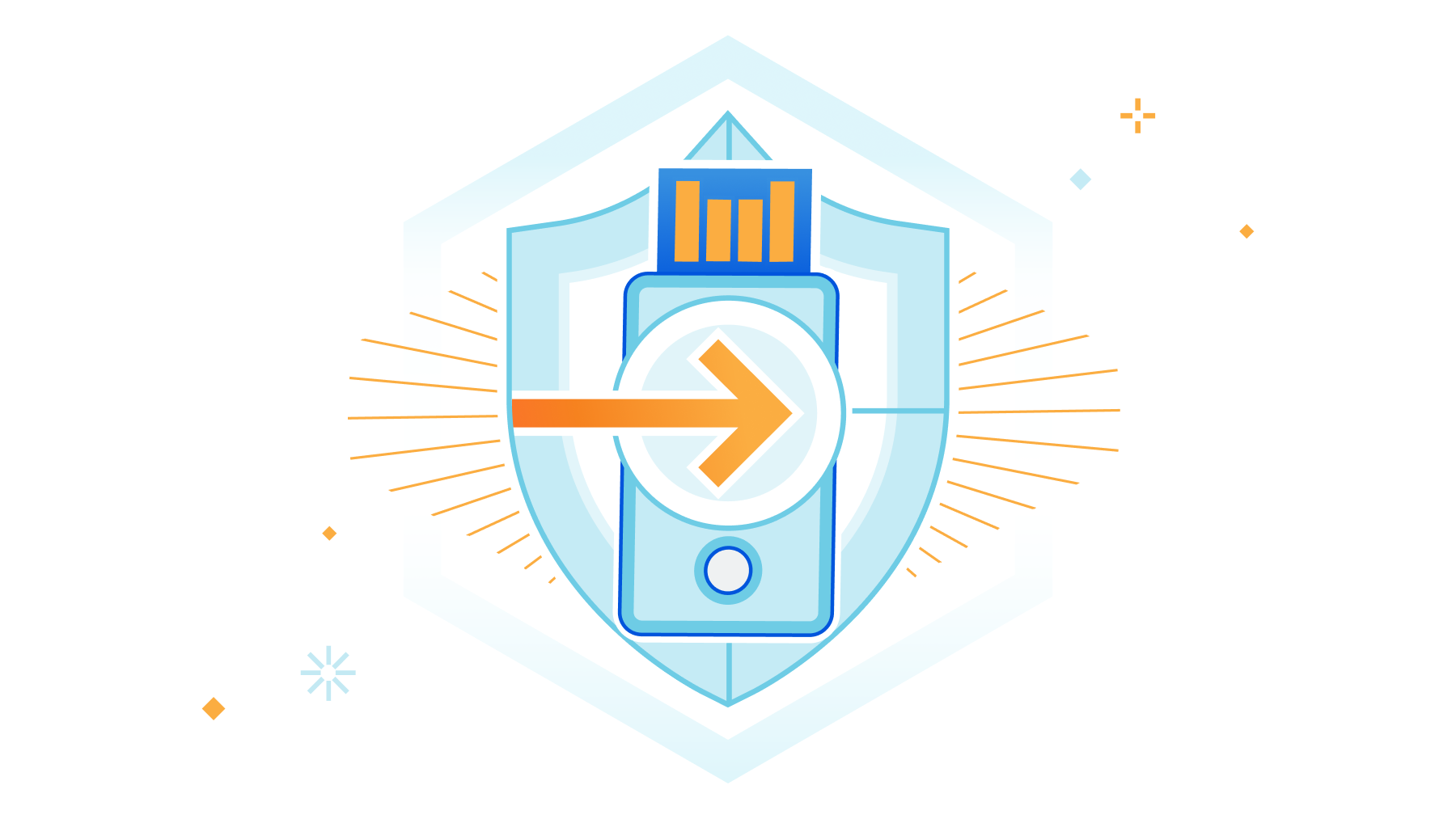
Cloudflare’s security architecture a few years ago was a classic “castle and moat” VPN architecture. Our employees would use our corporate VPN to connect to all the internal applications and servers to do their jobs. We enforced two-factor authentication with time-based one-time passcodes (TOTP), using an authenticator app like Google Authenticator or Authy when logging into the VPN but only a few internal applications had a second layer of auth. That architecture has a strong looking exterior, but the security model is weak. We recently detailed the mechanics of a phishing attack we prevented, which walks through how attackers can phish applications that are “secured” with second factor authentication methods like TOTP. Happily, we had long done away with TOTP and replaced it with hardware security keys and Cloudflare Access. This blog details how we did that.
The solution to the phishing problem is through a multi-factor authentication (MFA) protocol called FIDO2/WebAuthn. Today, all Cloudflare employees log in with FIDO2 as their secure multi-factor and authenticate to our systems using our own Zero Trust products. Our newer architecture is phish proof and allows us to more easily enforce the least privilege access control.
A little about the terminology of Continue reading
Now all customers can share access to their Cloudflare account with Role Based Access Controls
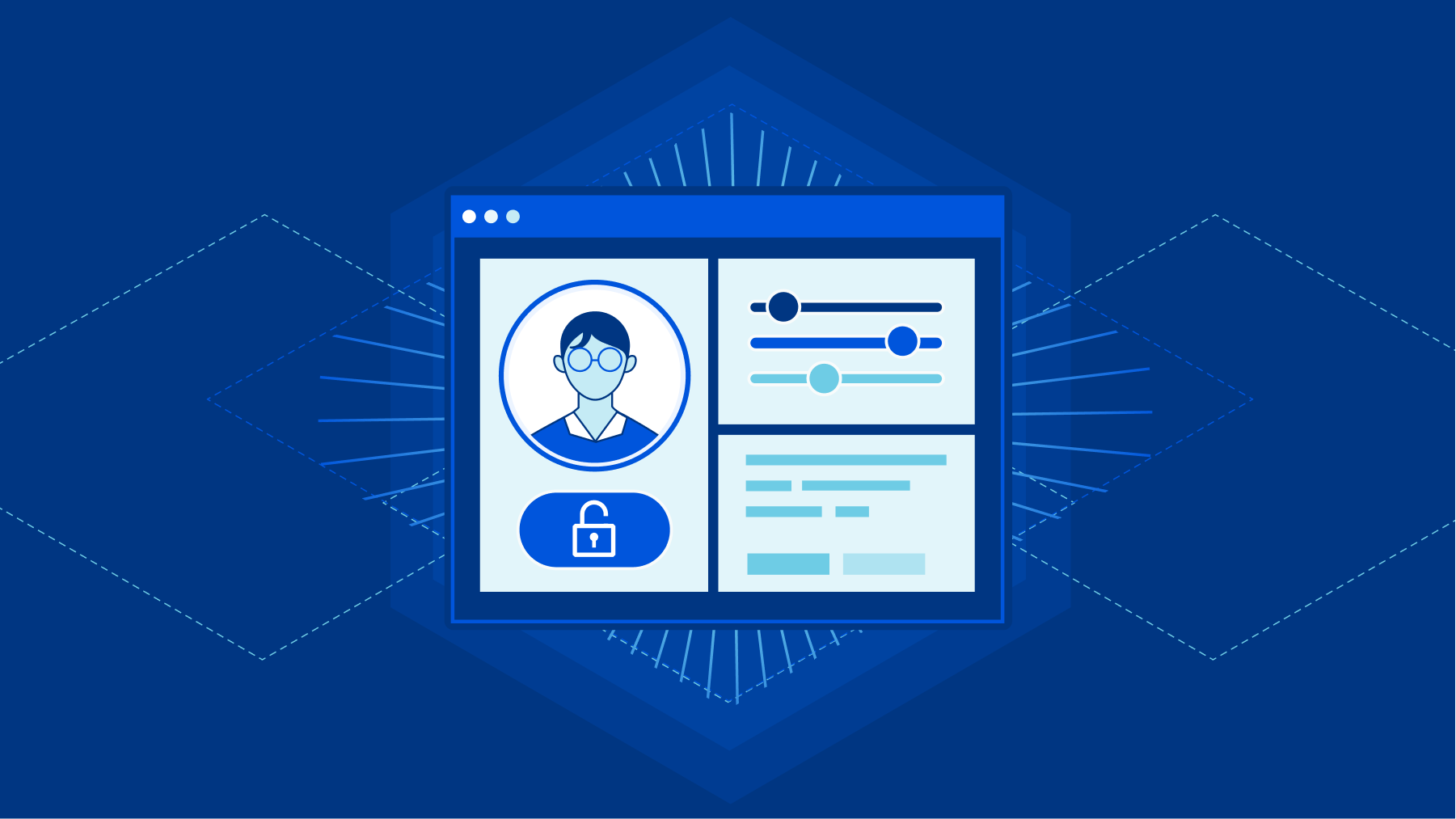
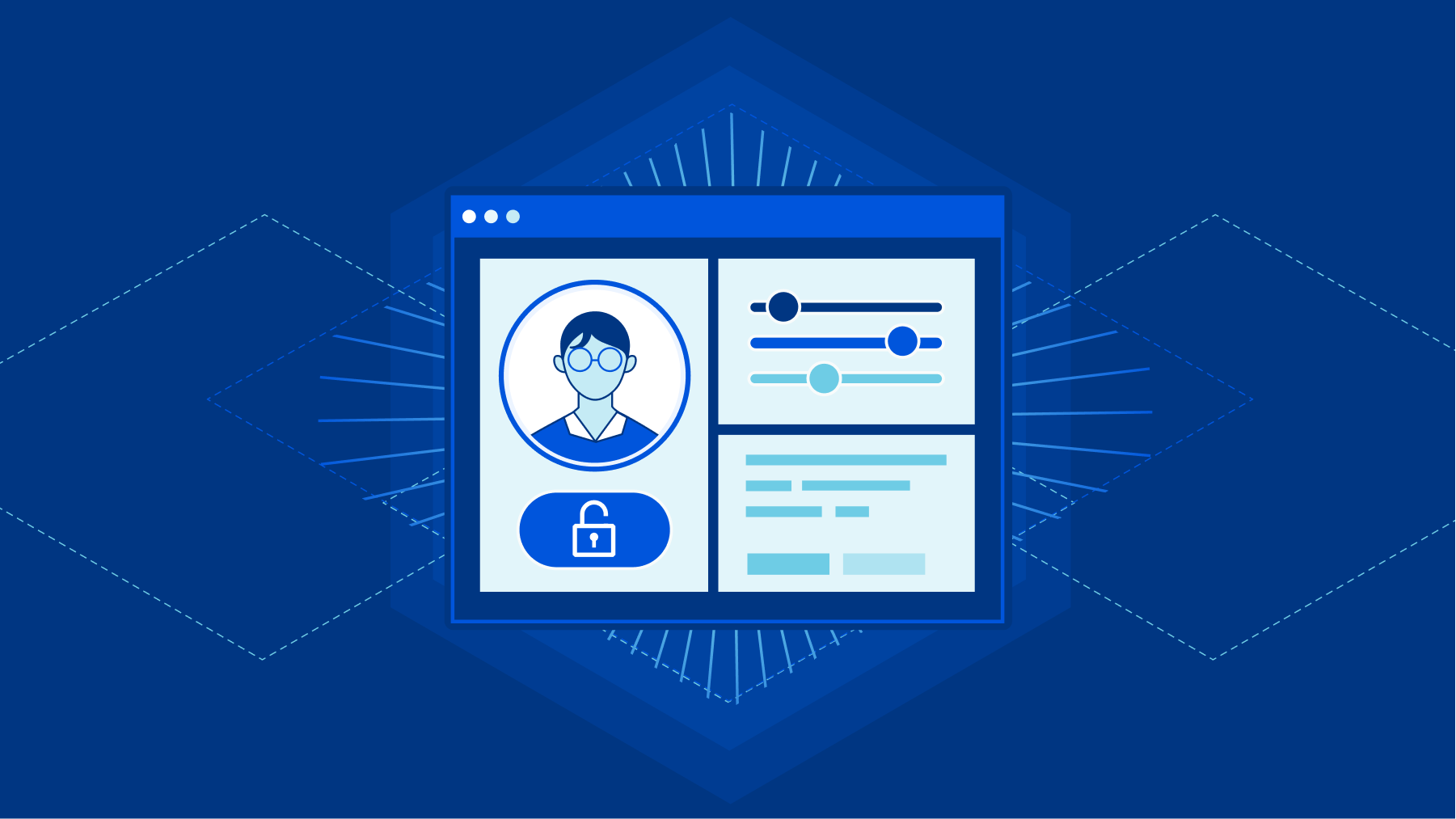
Cloudflare’s mission is to help build a better Internet. Pair that with our core belief that security is something that should be accessible to everyone and the outcome is a better and safer Internet for all. Previously, our FREE and PAYGO customers didn’t have the flexibility to give someone control of just part of their account, they had to give access to everything.
Starting today, role based access controls (RBAC), and all of our additional roles will be rolled out to users on every plan! Whether you are a small business or even a single user, you can ensure that you can add users only to parts of Cloudflare you deem appropriate.
Why should I limit access?
It is good practice with security in general to limit access to what a team member needs to do a job. Restricting access limits the overall threat surface if a given user was compromised, and ensures that you limit the surface that mistakes can be made.
If a malicious user was able to gain access to an account, but it only had read access, you’ll find yourself with less of a headache than someone who had administrative access, and could change how your Continue reading
Back in 2017 we gave you Unmetered DDoS Mitigation, here’s a birthday gift: Unmetered Rate Limiting
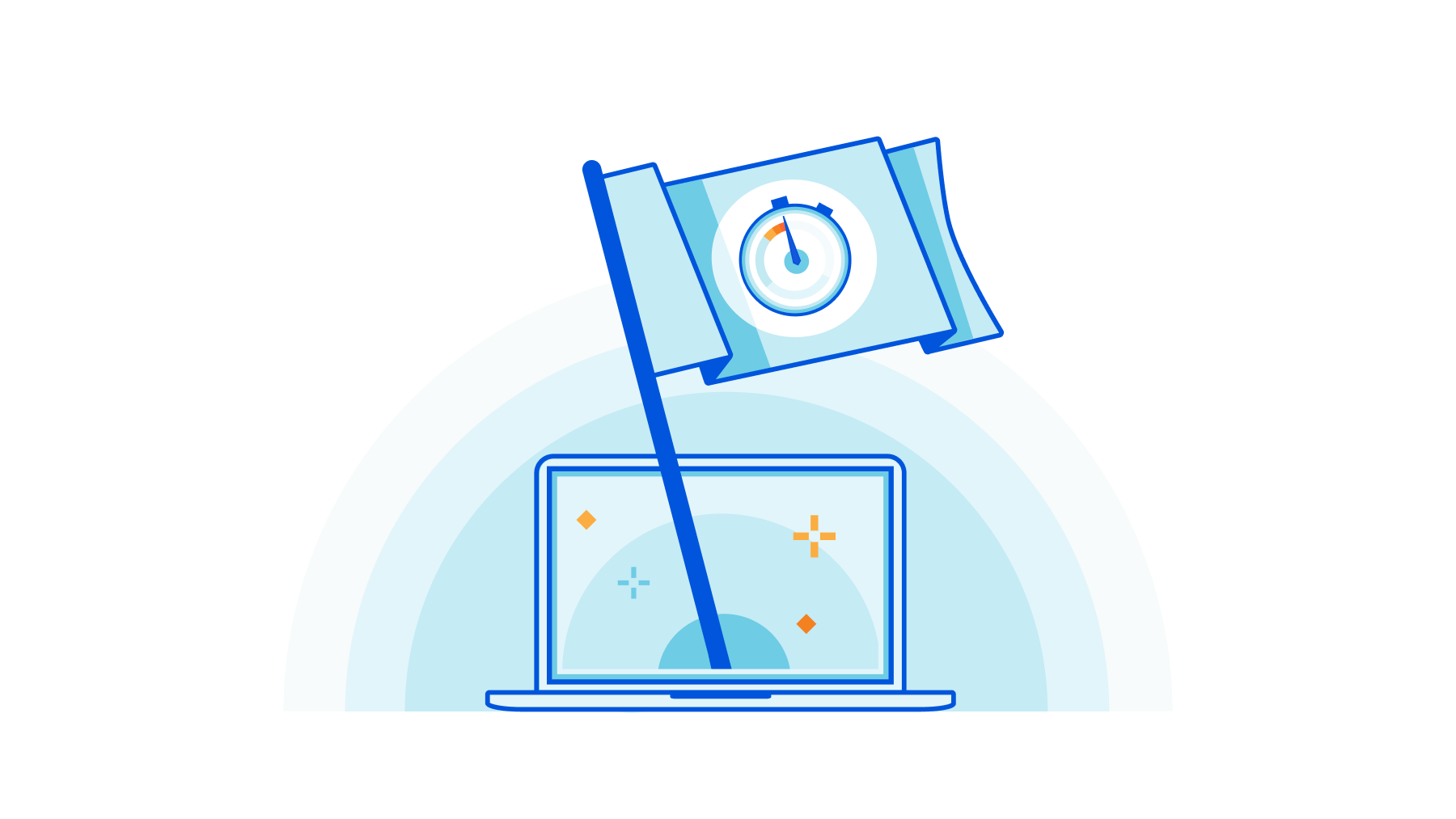
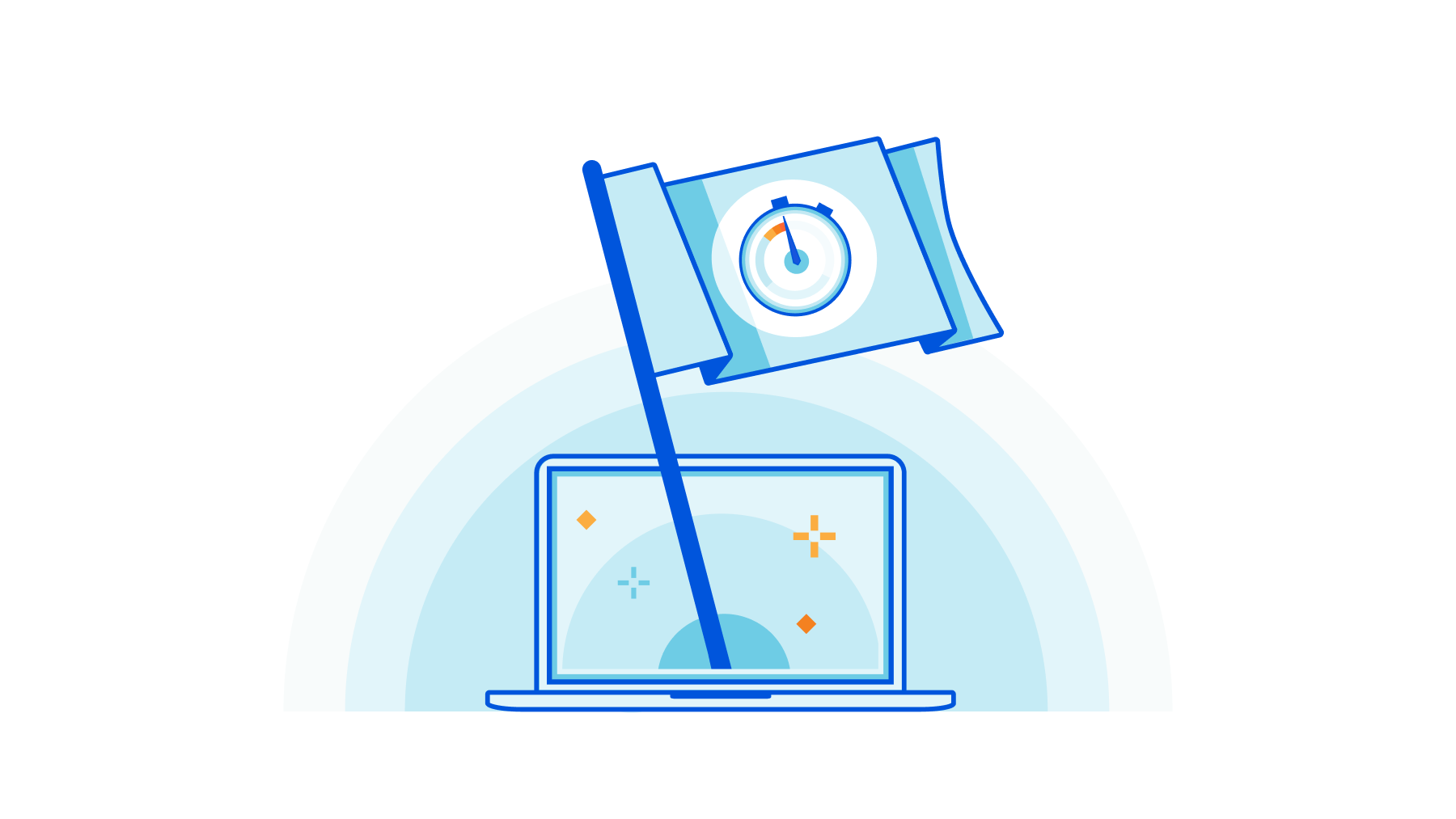
In 2017, we made unmetered DDoS protection available to all our customers, regardless of their size or whether they were on a Free or paid plan. Today we are doing the same for Rate Limiting, one of the most successful products of the WAF family.
Rate Limiting is a very effective tool to manage targeted volumetric attacks, takeover attempts, bots scraping sensitive data, attempts to overload computationally expensive API endpoints and more. To manage these threats, customers deploy rules that limit the maximum rate of requests from individual visitors on specific paths or portions of their applications.
Until today, customers on a Free, Pro or Business plan were able to purchase Rate Limiting as an add-on with usage-based cost of $5 per million requests. However, we believe that an essential security tool like Rate Limiting should be available to all customers without restrictions.
Since we launched unmetered DDoS, we have mitigated huge attacks, like a 2 Tbps multi-vector attack or the most recent 26 million requests per second attack. We believe that releasing an unmetered version of Rate Limiting will increase the overall security posture of millions of applications protected by Cloudflare.
Today, we are announcing that Free, Pro and Continue reading
Click Here! (safely): Automagical Browser Isolation for potentially unsafe links in email
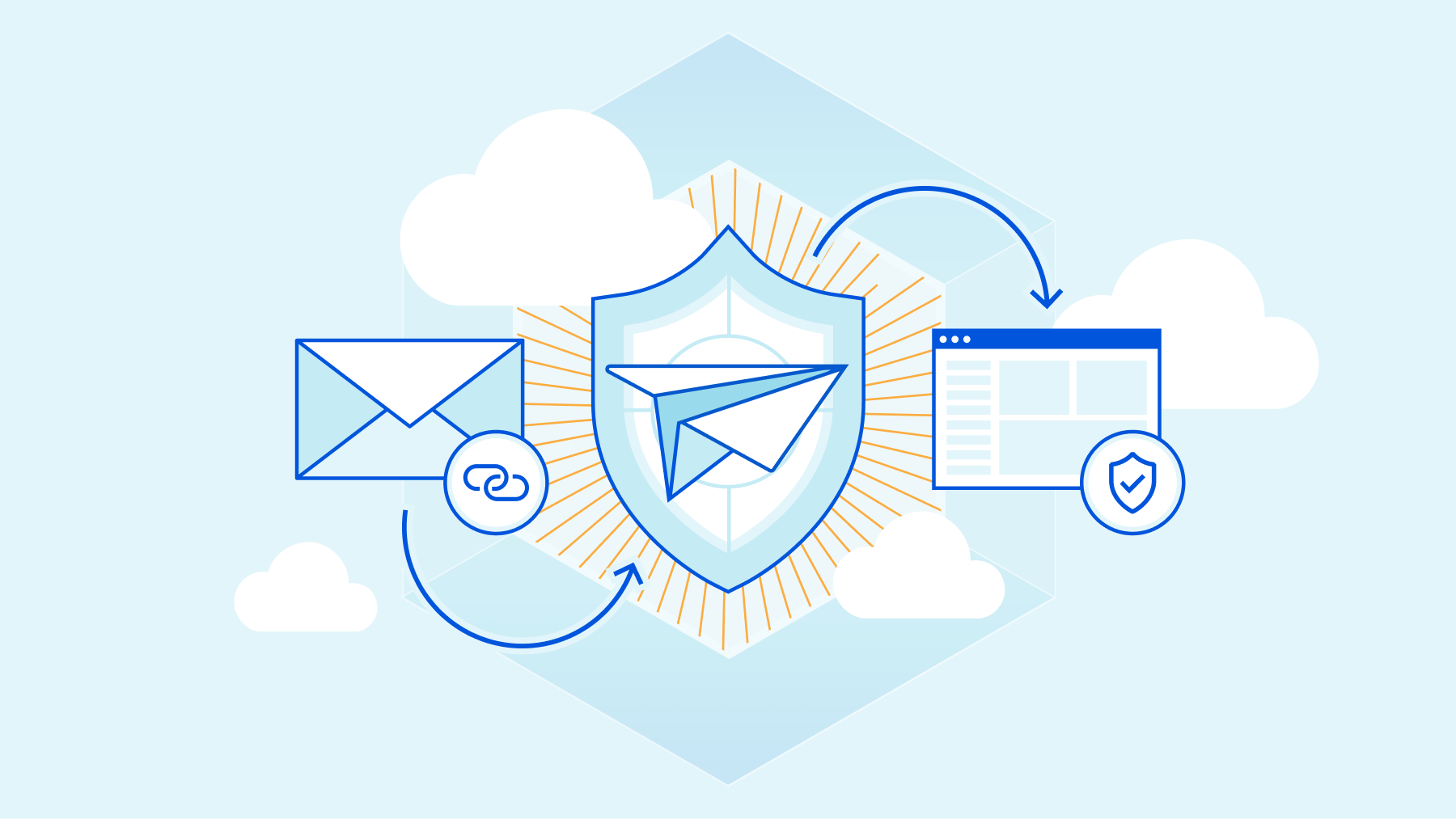
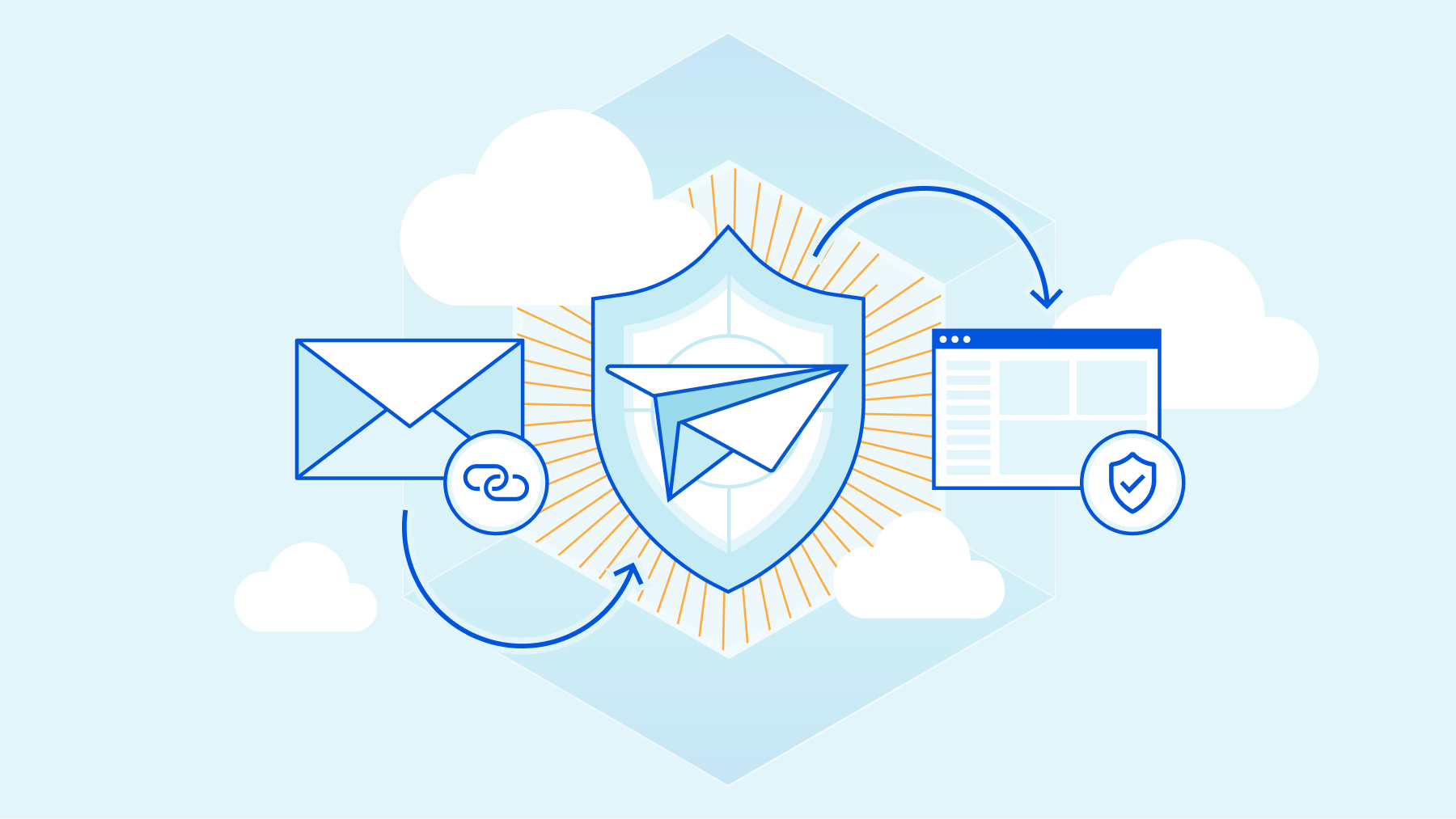
We're often told not to click on 'odd' links in email, but what choice do we really have? With the volume of emails and the myriad of SaaS products that companies use, it's inevitable that employees find it almost impossible to distinguish a good link before clicking on it. And that's before attackers go about making links harder to inspect and hiding their URLs behind tempting "Confirm" and "Unsubscribe" buttons.
We need to let end users click on links and have a safety net for when they unwittingly click on something malicious — let’s be honest, it’s bound to happen even if you do it by mistake. That safety net is Cloudflare's Email Link Isolation.
Email Link Isolation
With Email Link Isolation, when a user clicks on a suspicious link — one that email security hasn’t identified as ‘bad’, but is still not 100% sure it’s ‘good’ — they won’t immediately be taken to that website. Instead, the user first sees an interstitial page recommending extra caution with the website they’ll visit, especially if asked for passwords or personal details.

From there, one may choose to not visit the webpage or to proceed and open it in a remote isolated Continue reading
Announcing Turnstile, a user-friendly, privacy-preserving alternative to CAPTCHA

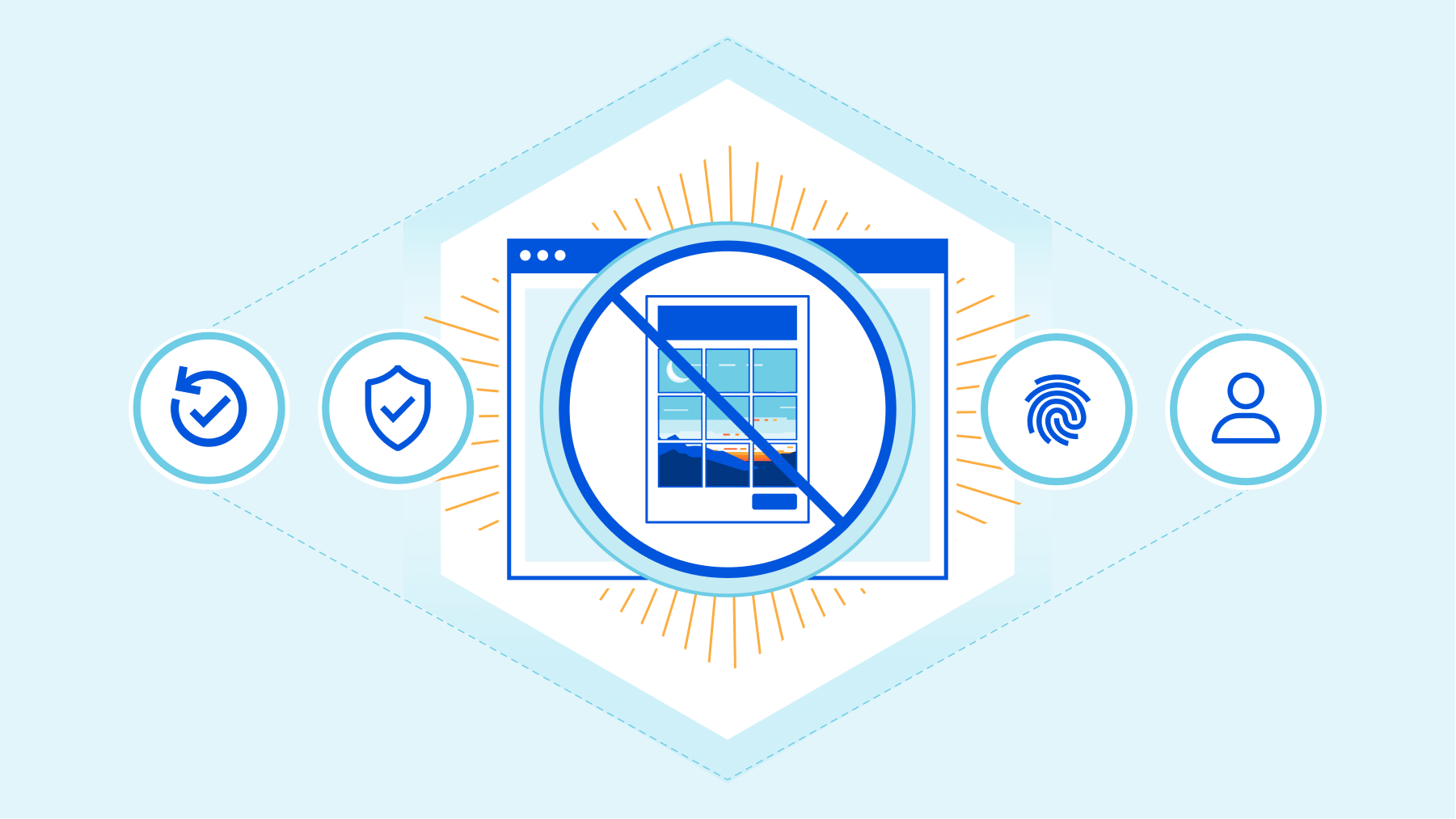
Today, we’re announcing the open beta of Turnstile, an invisible alternative to CAPTCHA. Anyone, anywhere on the Internet, who wants to replace CAPTCHA on their site will be able to call a simple API, without having to be a Cloudflare customer or sending traffic through the Cloudflare global network. Sign up here for free.
There is no point in rehashing the fact that CAPTCHA provides a terrible user experience. It's been discussed in detail before on this blog, and countless times elsewhere. The creator of the CAPTCHA has even publicly lamented that he “unwittingly created a system that was frittering away, in ten-second increments, millions of hours of a most precious resource: human brain cycles.” We hate it, you hate it, everyone hates it. Today we’re giving everyone a better option.
Turnstile is our smart CAPTCHA alternative. It automatically chooses from a rotating suite of non-intrusive browser challenges based on telemetry and client behavior exhibited during a session. We talked in an earlier post about how we’ve used our Managed Challenge system to reduce our use of CAPTCHA by 91%. Now anyone can take advantage of this same technology to stop using CAPTCHA on their own site.
UX Continue reading
Monitor your own network with free network flow analytics from Cloudflare


As a network engineer or manager, answering questions about the traffic flowing across your infrastructure is a key part of your job. Cloudflare built Magic Network Monitoring (previously called Flow Based Monitoring) to give you better visibility into your network and to answer questions like, “What is my network’s peak traffic volume? What are the sources of that traffic? When does my network see that traffic?” Today, Cloudflare is excited to announce early access to a free version of Magic Network Monitoring that will be available to everyone. You can request early access by filling out this form.
Magic Network Monitoring now features a powerful analytics dashboard, self-serve configuration, and a step-by-step onboarding wizard. You’ll have access to a tool that helps you visualize your traffic and filter by packet characteristics including protocols, source IPs, destination IPs, ports, TCP flags, and router IP. Magic Network Monitoring also includes network traffic volume alerts for specific IP addresses or IP prefixes on your network.
Making Network Monitoring easy
Magic Networking Monitoring allows customers to collect network analytics without installing a physical device like a network TAP (Test Access Point) or setting up overly complex remote monitoring systems. Our product works Continue reading
Introducing Cloudflare’s free Botnet Threat Feed for service providers

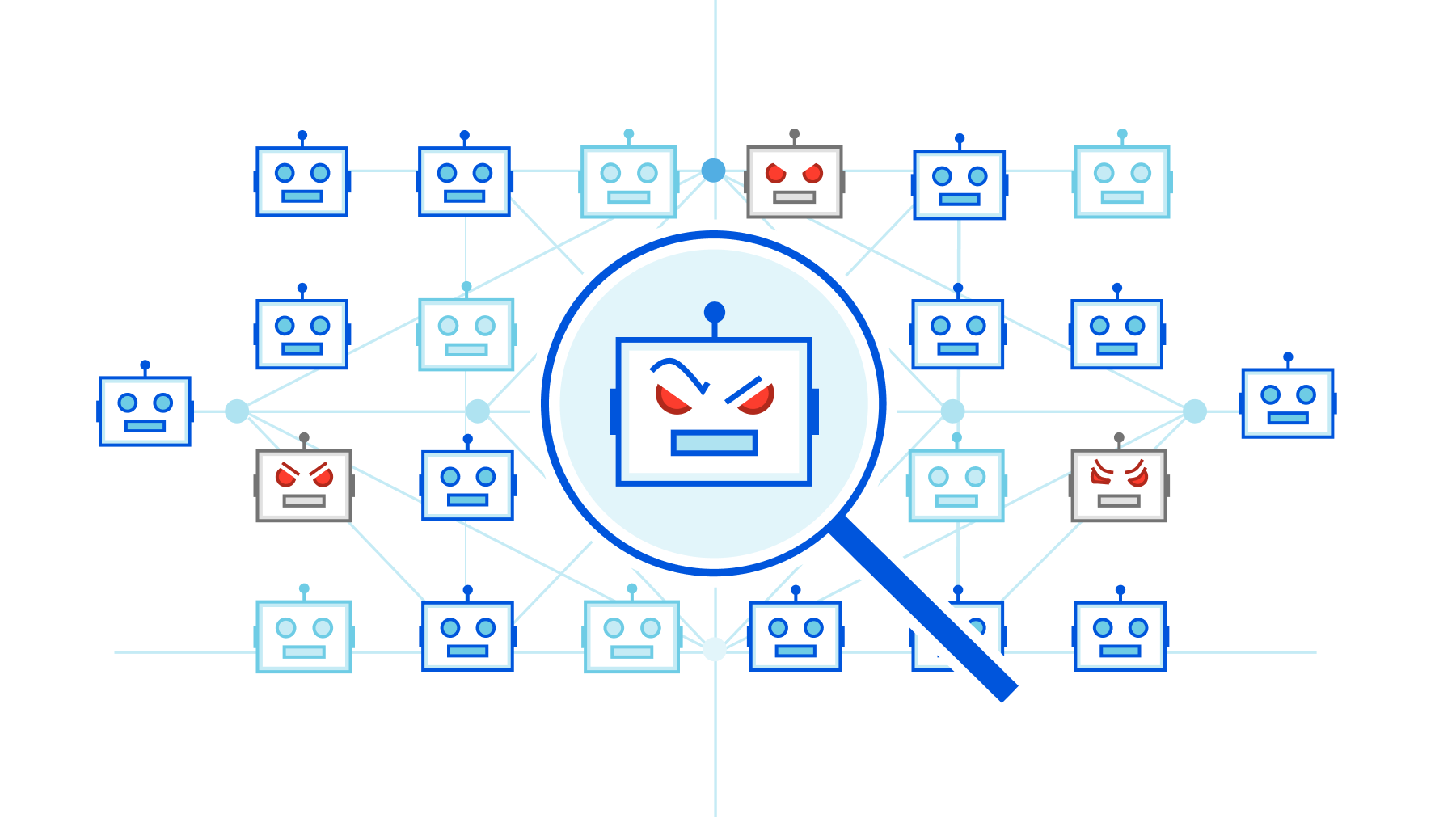
We’re pleased to introduce Cloudflare’s free Botnet Threat Feed for Service Providers. This includes all types of service providers, ranging from hosting providers to ISPs and cloud compute providers.
This feed will give service providers threat intelligence on their own IP addresses that have participated in HTTP DDoS attacks as observed from the Cloudflare network — allowing them to crack down on abusers, take down botnet nodes, reduce their abuse-driven costs, and ultimately reduce the amount and force of DDoS attacks across the Internet. We’re giving away this feed for free as part of our mission to help build a better Internet.
Service providers that operate their own IP space can now sign up to the early access waiting list.
Cloudflare’s unique vantage point on DDoS attacks
Cloudflare provides services to millions of customers ranging from small businesses and individual developers to large enterprises, including 29% of Fortune 1000 companies. Today, about 20% of websites rely directly on Cloudflare’s services. This gives us a unique vantage point on tremendous amounts of DDoS attacks that target our customers.
DDoS attacks, by definition, are distributed. They originate from botnets of many sources — in some cases, from hundreds of thousands to millions Continue reading
Private by design: building privacy-preserving products with Cloudflare’s Privacy Edge
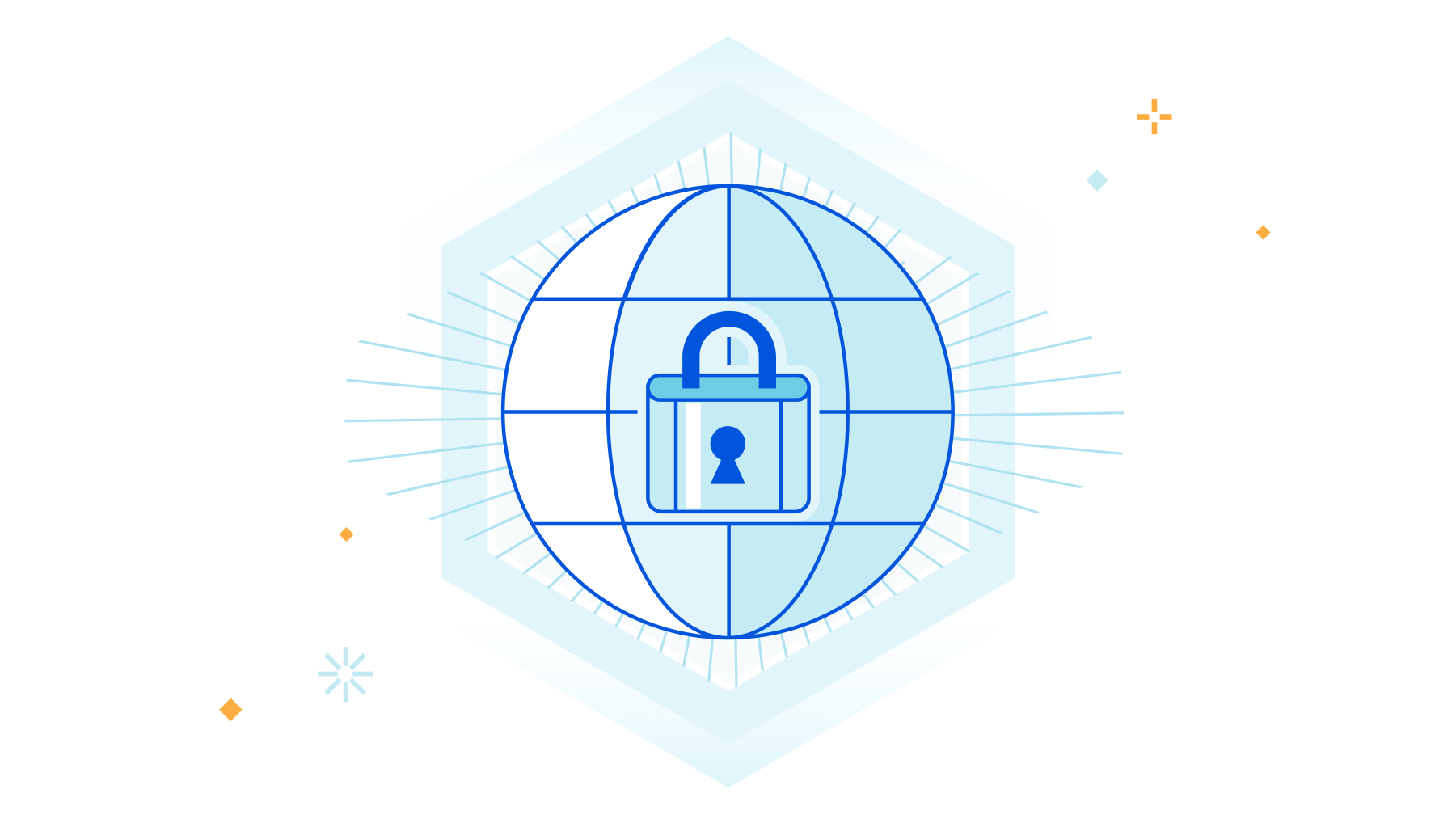
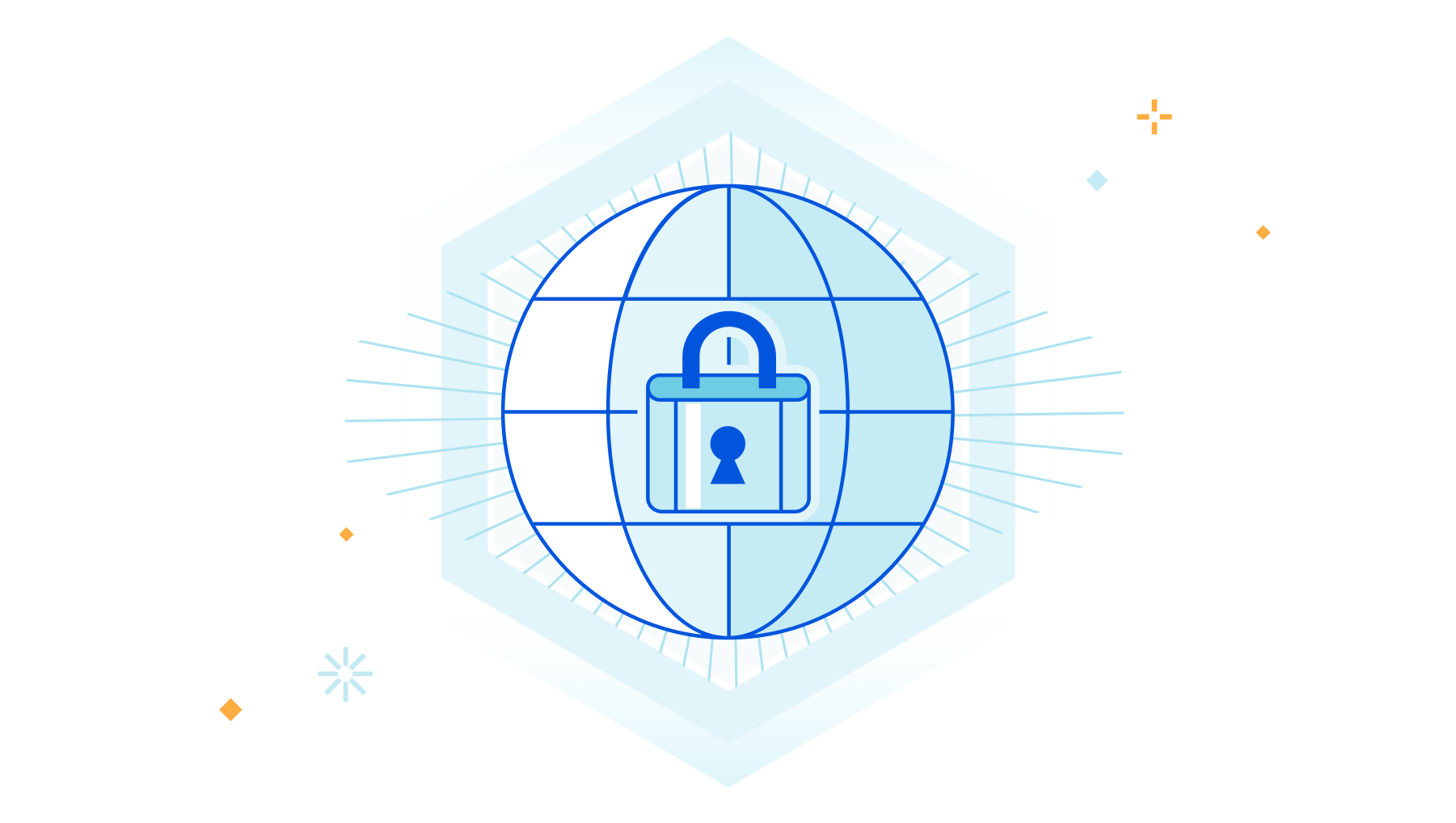
When Cloudflare was founded, our value proposition had three pillars: more secure, more reliable, and more performant. Over time, we’ve realized that a better Internet is also a more private Internet, and we want to play a role in building it.
User awareness and expectations of and for privacy are higher than ever, but we believe that application developers and platforms shouldn’t have to start from scratch. We’re excited to introduce Privacy Edge – Code Auditability, Privacy Gateway, Privacy Proxy, and Cooperative Analytics – a suite of products that make it easy for site owners and developers to build privacy into their products, by default.
Building network-level privacy into the foundations of app infrastructure
As you’re browsing the web every day, information from the networks and apps you use can expose more information than you intend. When accumulated over time, identifiers like your IP address, cookies, browser and device characteristics create a unique profile that can be used to track your browsing activity. We don’t think this status quo is right for the Internet, or that consumers should have to understand the complex ecosystem of third-party trackers to maintain privacy. Instead, we’ve been working on technologies that encourage and enable Continue reading
We’ve shipped so many products the Cloudflare dashboard needed its own search engine


Today we’re proud to announce our first release of quick search for the Cloudflare dashboard, a beta version of our first ever cross-dashboard search tool to help you navigate our products and features. This first release is now available to a small percentage of our customers. Want to request early access? Let us know by filling out this form.
What we’re launching
We’re launching quick search to speed up common interactions with the Cloudflare dashboard. Our dashboard allows you to configure Cloudflare’s full suite of products and features, and quick search gives you a shortcut.
To get started, you can access the quick search tool from anywhere within the Cloudflare dashboard by clicking the magnifying glass button in the top navigation, or hitting Ctrl + K on Linux and Windows or ⌘ + K on Mac. (If you find yourself forgetting which key combination it is just remember that it’s ⌘ or Ctrl-K-wik.) From there, enter a search term and then select from the results shown below.
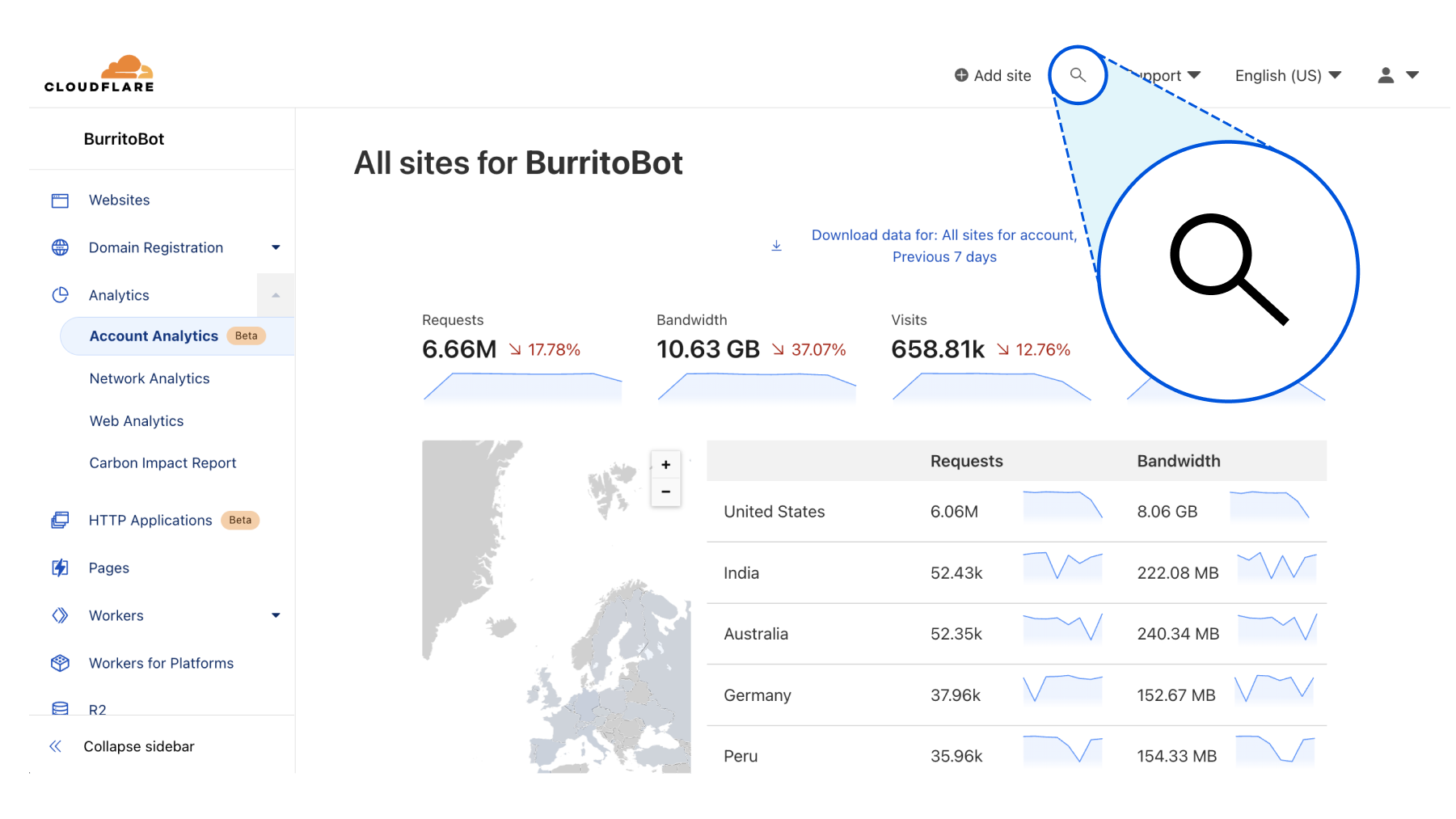
Current supported functionality
What functionality will Continue reading
Cloudflare named a Leader in WAF by Forrester
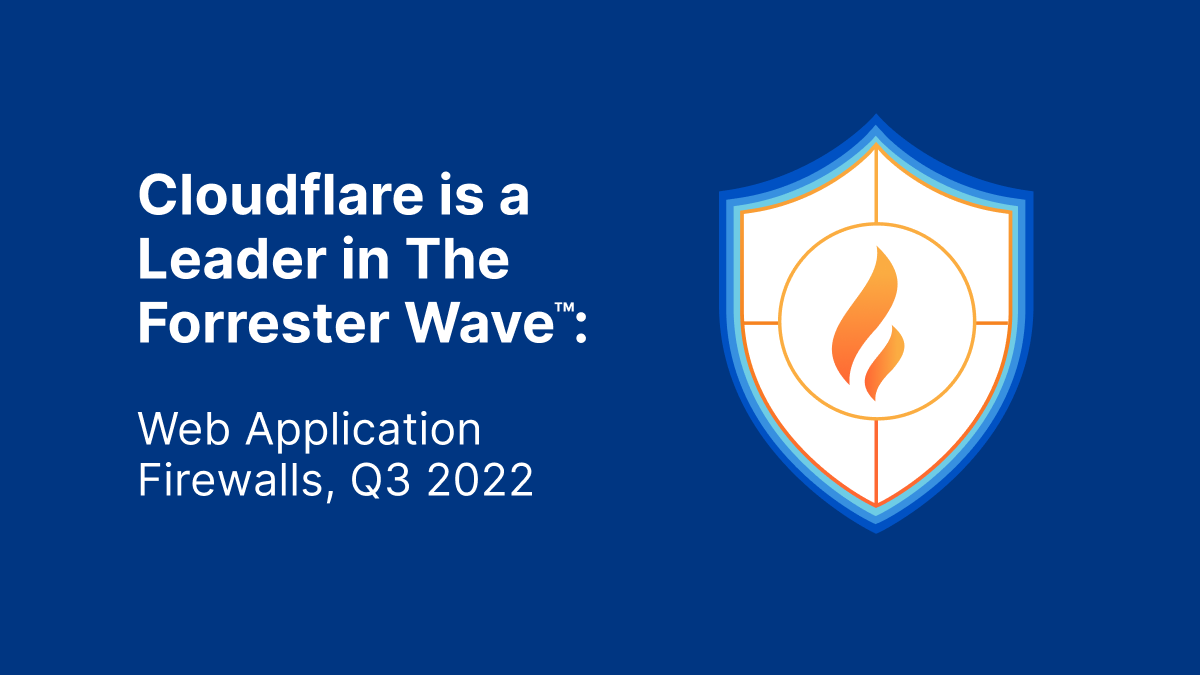
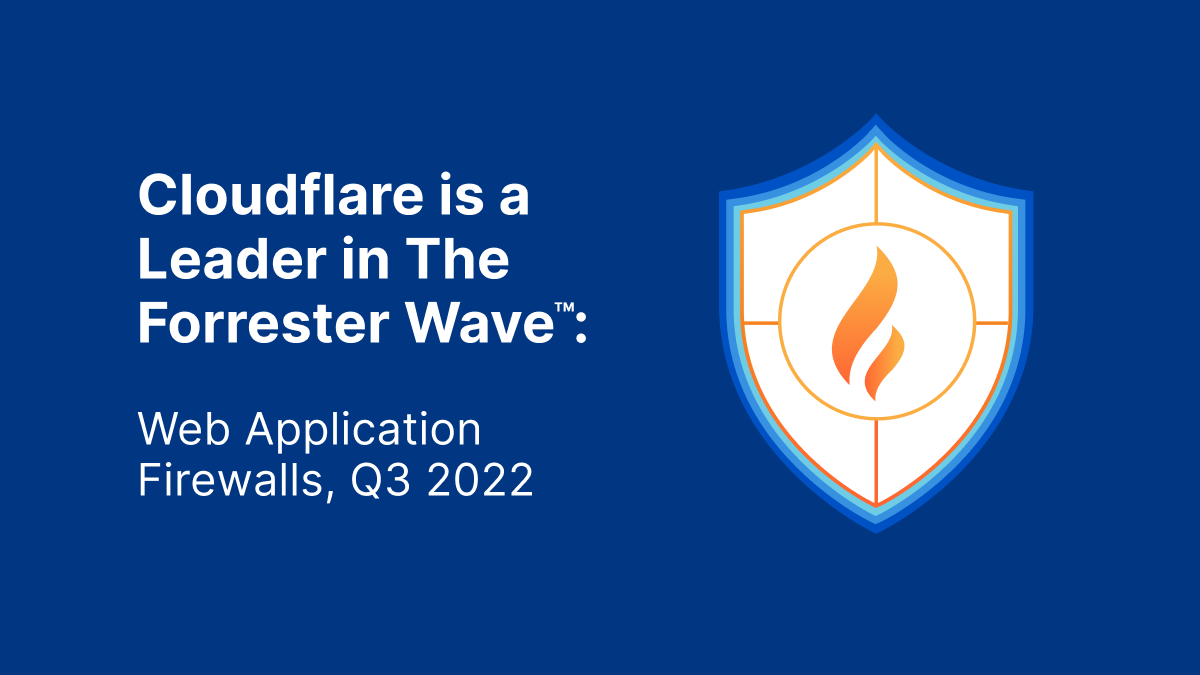
Forrester has recognised Cloudflare as a Leader in The Forrester Wave™: Web Application Firewalls, Q3 2022 report. The report evaluated 12 Web Application Firewall (WAF) providers on 24 criteria across current offering, strategy and market presence.
You can register for a complimentary copy of the report here. The report helps security and risk professionals select the correct offering for their needs.
We believe this achievement, along with recent WAF developments, reinforces our commitment and continued investment in the Cloudflare Web Application Firewall (WAF), one of our core product offerings.
The WAF, along with our DDoS Mitigation and CDN services, has in fact been an offering since Cloudflare’s founding, and we could not think of a better time to receive this recognition: Birthday Week.
We’d also like to take this opportunity to thank Forrester.
Leading WAF in strategy
Cloudflare received the highest score of all assessed vendors in the strategy category. We also received the highest possible scores in 10 criteria, including:
- Innovation
- Management UI
- Rule creation and modification
- Log4Shell response
- Incident investigation
- Security operations feedback loops
According to Forrester, “Cloudflare Web Application Firewall shines in configuration and rule creation”, “Cloudflare stands out for its active online user community and its Continue reading
Leading venture capital firms to provide up to $1.25 BILLION to back startups built on Cloudflare Workers

This post is also available in 简体中文, 日本語, Français, Deutsch and Español.

From our earliest days, Cloudflare has stood for helping build a better Internet that’s accessible to all. It’s core to our mission that anyone who wants to start building on the Internet should be able to do so easily, and without the barriers of prohibitively expensive or difficult to use infrastructure.
Nowhere is this philosophy more important – and more impactful to the Internet – than with our developer platform, Cloudflare Workers. Workers is, quite simply, where developers and entrepreneurs start on Day 1. It’s a full developer platform that includes cloud storage; website hosting; SQL databases; and of course, the industry’s leading serverless product. The platform’s ease-of-use and accessible pricing (all the way down to free) are critical in advancing our mission. For startups, this translates into fast, easy deployment and iteration, that scales seamlessly with predictable, transparent and cost-effective pricing. Building a great business from scratch is hard enough – we ought to know! – and so we’re aiming to take all the complexity out of your application infrastructure.
Announcing the Workers Launchpad funding program
Today, we’re taking things a step further and Continue reading
Introducing workerd: the Open Source Workers runtime
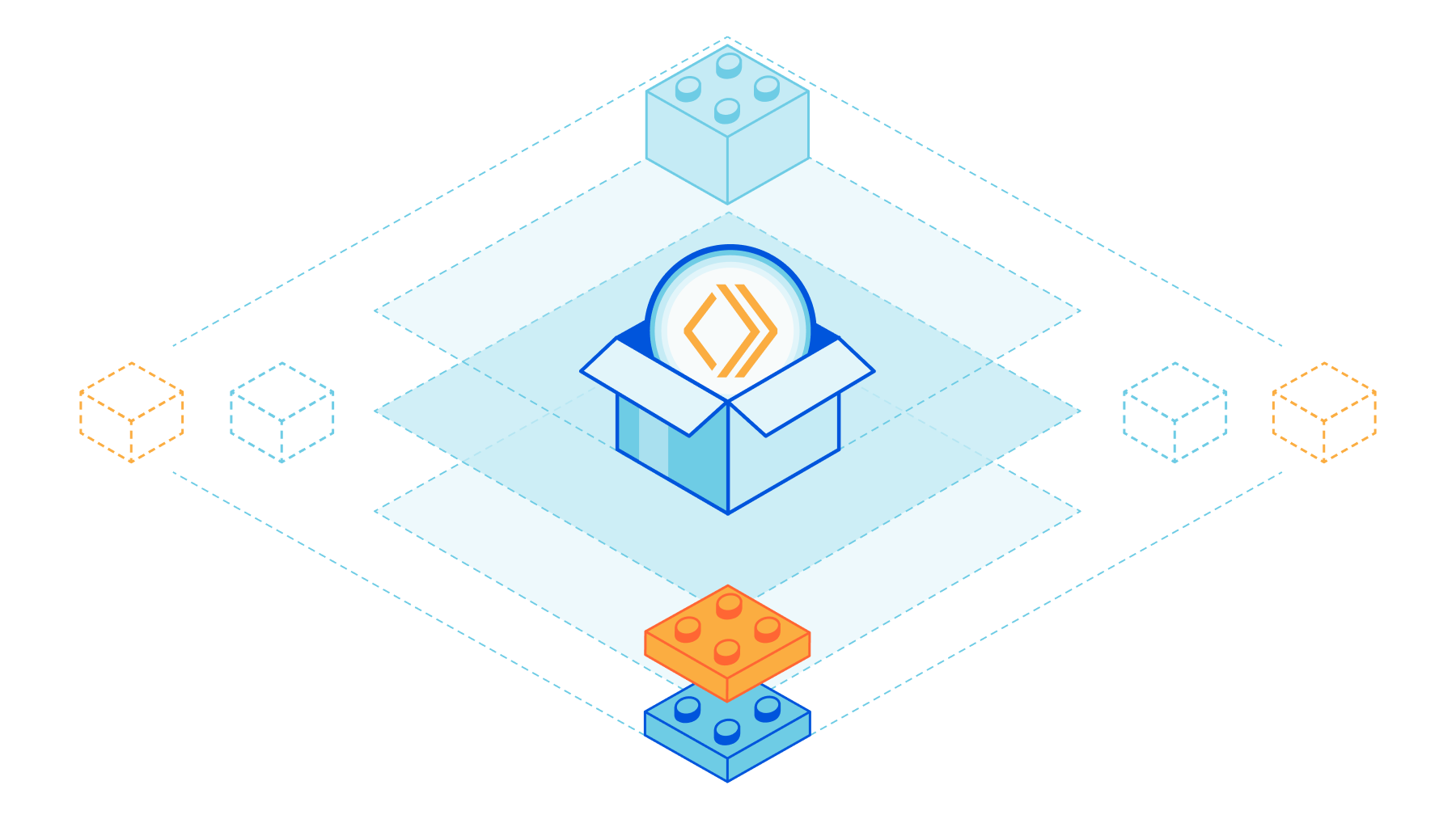
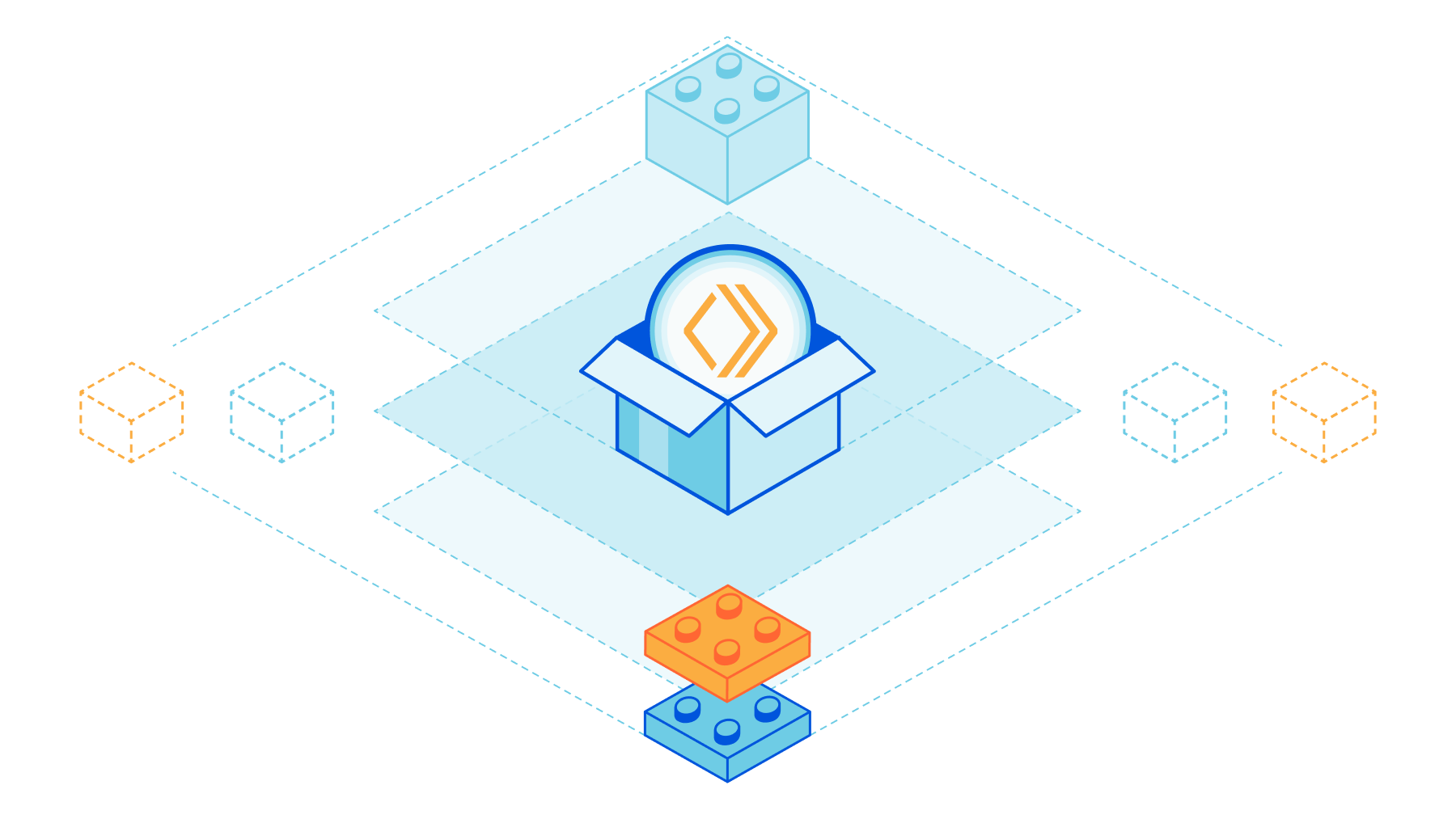
Today I'm proud to introduce the first beta release of workerd, the JavaScript/Wasm runtime based on the same code that powers Cloudflare Workers. workerd is Open Source under the Apache License version 2.0.
workerd shares most of its code with the runtime that powers Cloudflare Workers, but with some changes designed to make it more portable to other environments. The name "workerd" (pronounced "worker dee") comes from the Unix tradition of naming servers with a "-d" suffix standing for "daemon". The name is not capitalized because it is a program name, which are traditionally lower-case in Unix-like environments.
What it's for
Self-hosting Workers
workerd can be used to self-host applications that you'd otherwise run on Cloudflare Workers. It is intended to be a production-ready web server for this purpose. workerd has been designed to be unopinionated about hosting environments, so that it should fit nicely into whatever server/VM/container hosting and orchestration system you prefer. It's just a web server.
Workers has always been based on standardized APIs, so that Continue reading
D1: our quest to simplify databases
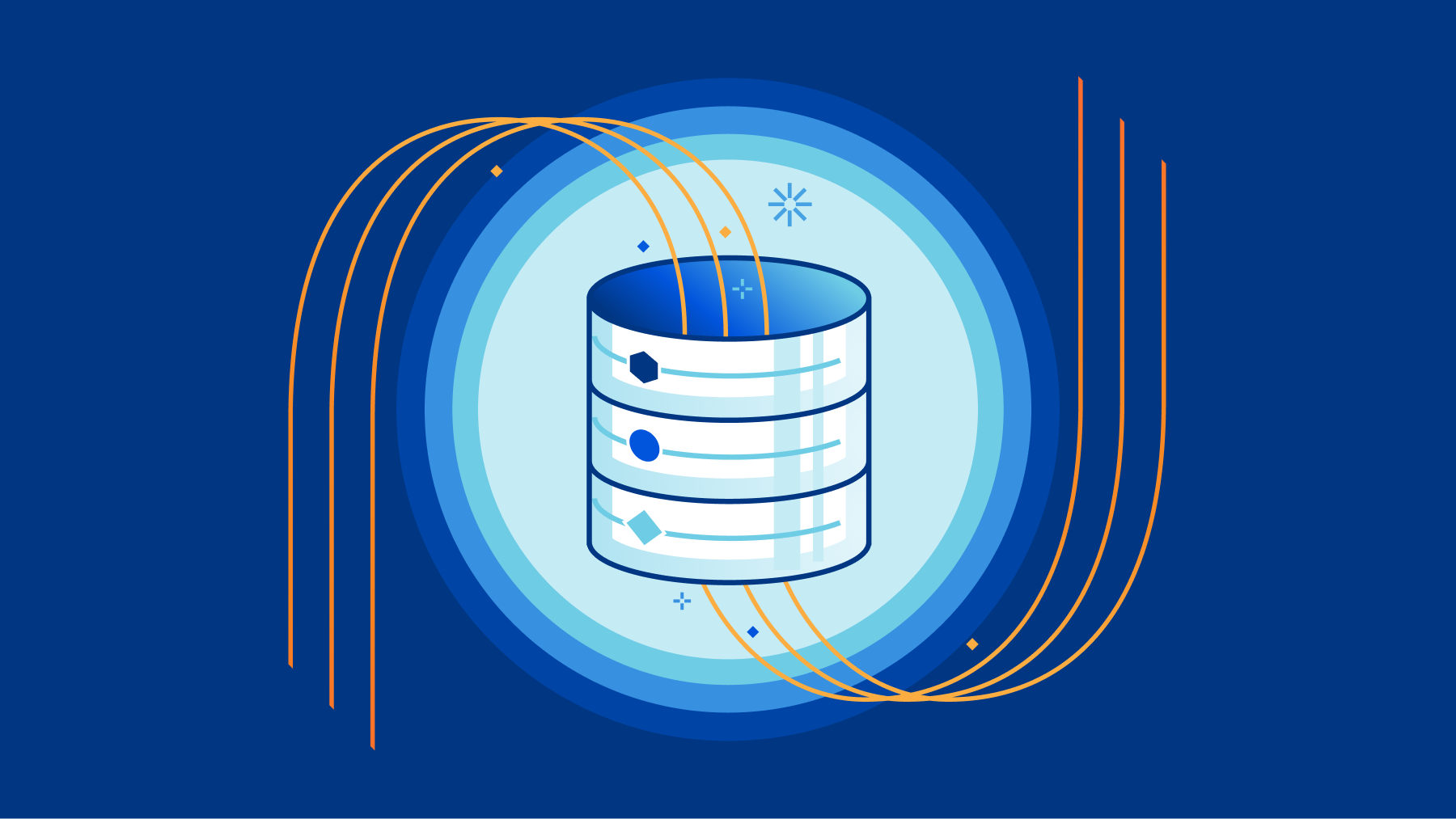
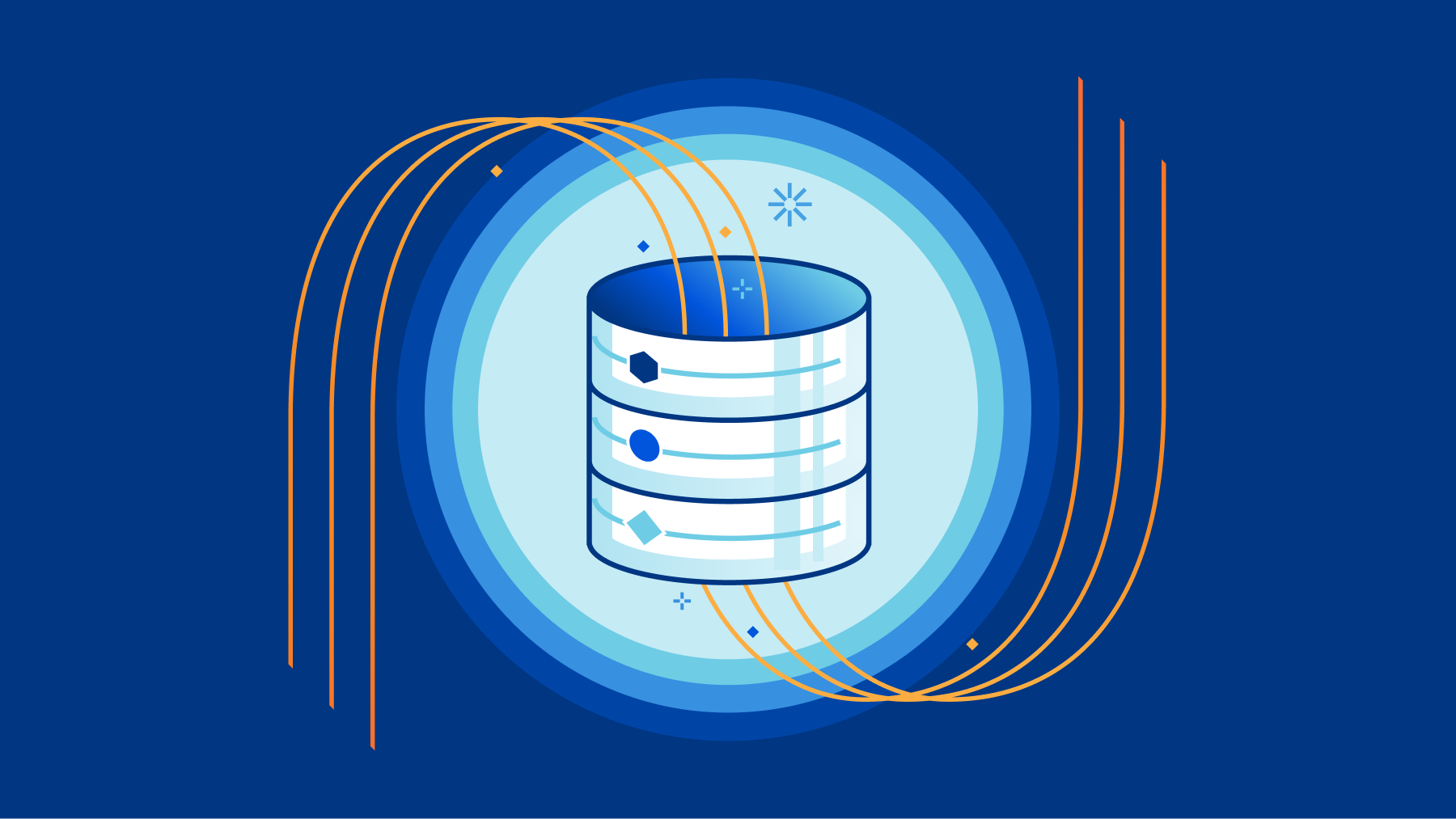
When we announced D1 in May of this year, we knew it would be the start of something new – our first SQL database with Cloudflare Workers. Prior to D1 we’ve announced storage options like KV (key-value store), Durable Objects (single location, strongly consistent data storage) and R2 (blob storage). But the question always remained “How can I store and query relational data without latency concerns and an easy API?”
The long awaited “Cloudflare Database'' was the true missing piece to build your application entirely on Cloudflare’s global network, going from a blank canvas in VSCode to a full stack application in seconds. Compatible with the popular SQLite API, D1 empowers developers to build out their databases without getting bogged down by complexity and having to manage every underlying layer.
Since our launch announcement in May and private beta in June, we’ve made great strides in building out our vision of a serverless database. With D1 still in private beta but an open beta on the horizon, we’re excited to show and tell our journey of building D1 and what’s to come.
The D1 Experience
We knew from Cloudflare Workers feedback that using Wrangler as the mechanism to create Continue reading
Build your next startup on Cloudflare with our comprehensive Startup Plan, v2.0
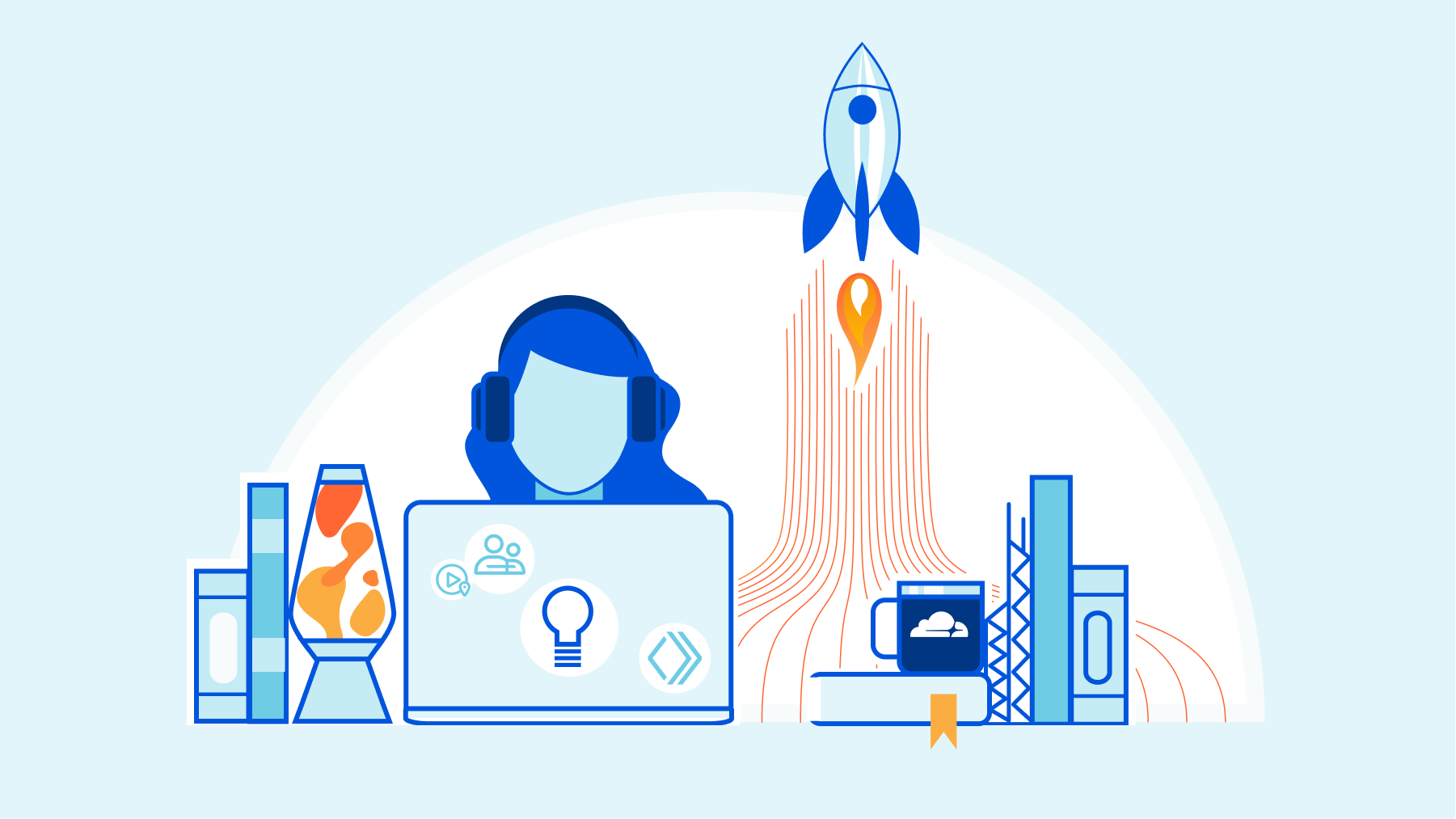
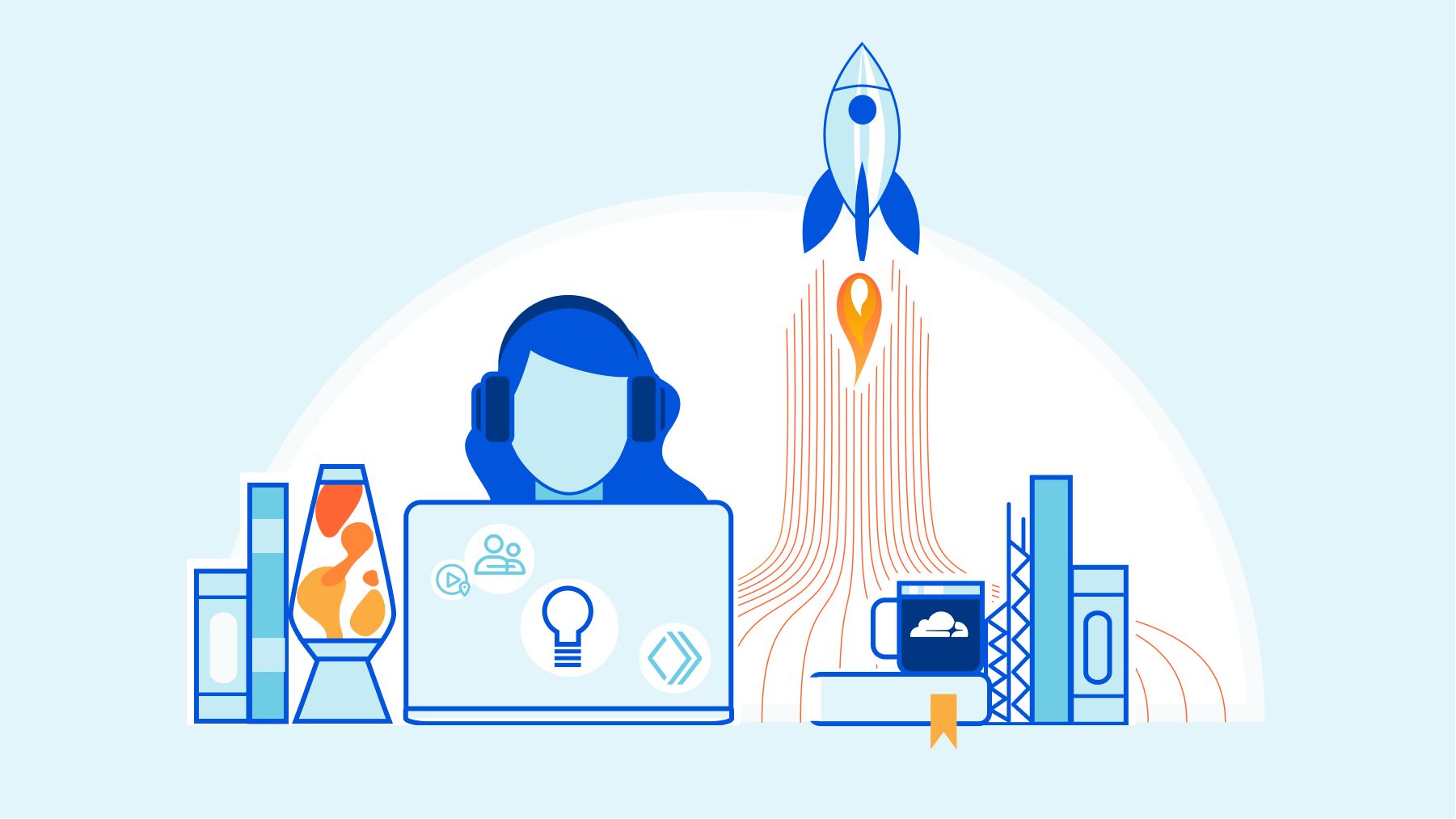
Starting a business is hard. And we know that the first few years of your business are crucial to your success.
Cloudflare’s Startup Plan is here to help.
Last year, we piloted a program to a select group of startups for free, with a selection of products that are very high leverage for young startups, early in their product development, like Workers, Stream, and Zero Trust.
Over the past year, startup founders repeatedly wrote into [email protected], and most of these emails followed one of 2 patterns:
- A startup would like to request additional products that are not a part of the startup plan, often Workers KV, Pages, Cloudflare for SaaS, R2, Argo, etc.
- A startup that is not a part of any accelerator program but would like to get on the startup plan.
Based on this feedback, we are thrilled to announce that today we will be increasing the scope of the program to also include popularly requested products! Beyond that, we’re also super excited to be broadening the eligibility criteria, so more startups can qualify for the plan.
What does the Cloudflare Startup Plan include?
There’s a lot of additional value that’s in the latest version of Continue reading
Dynamic URL redirects: 301 to the future
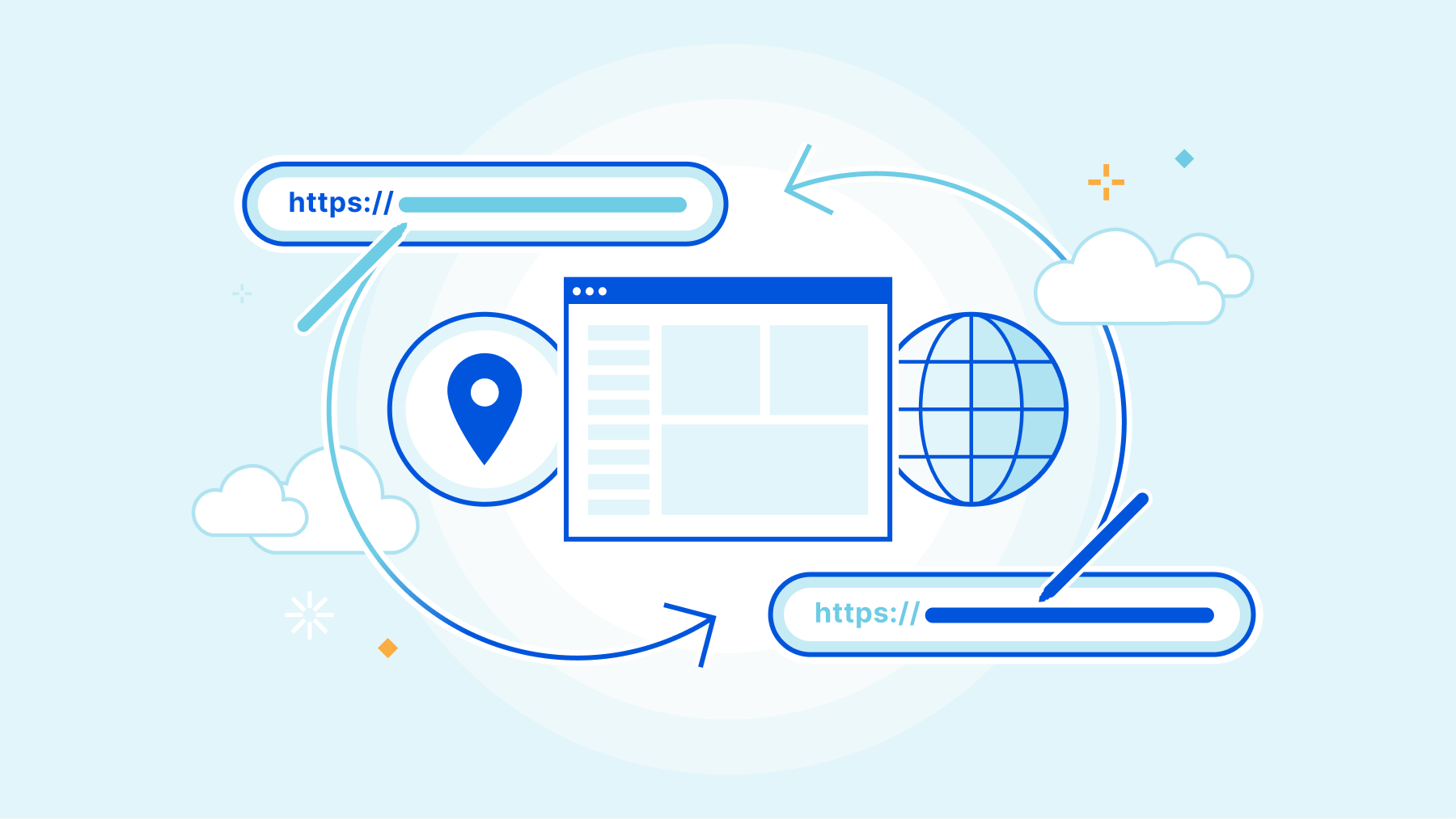
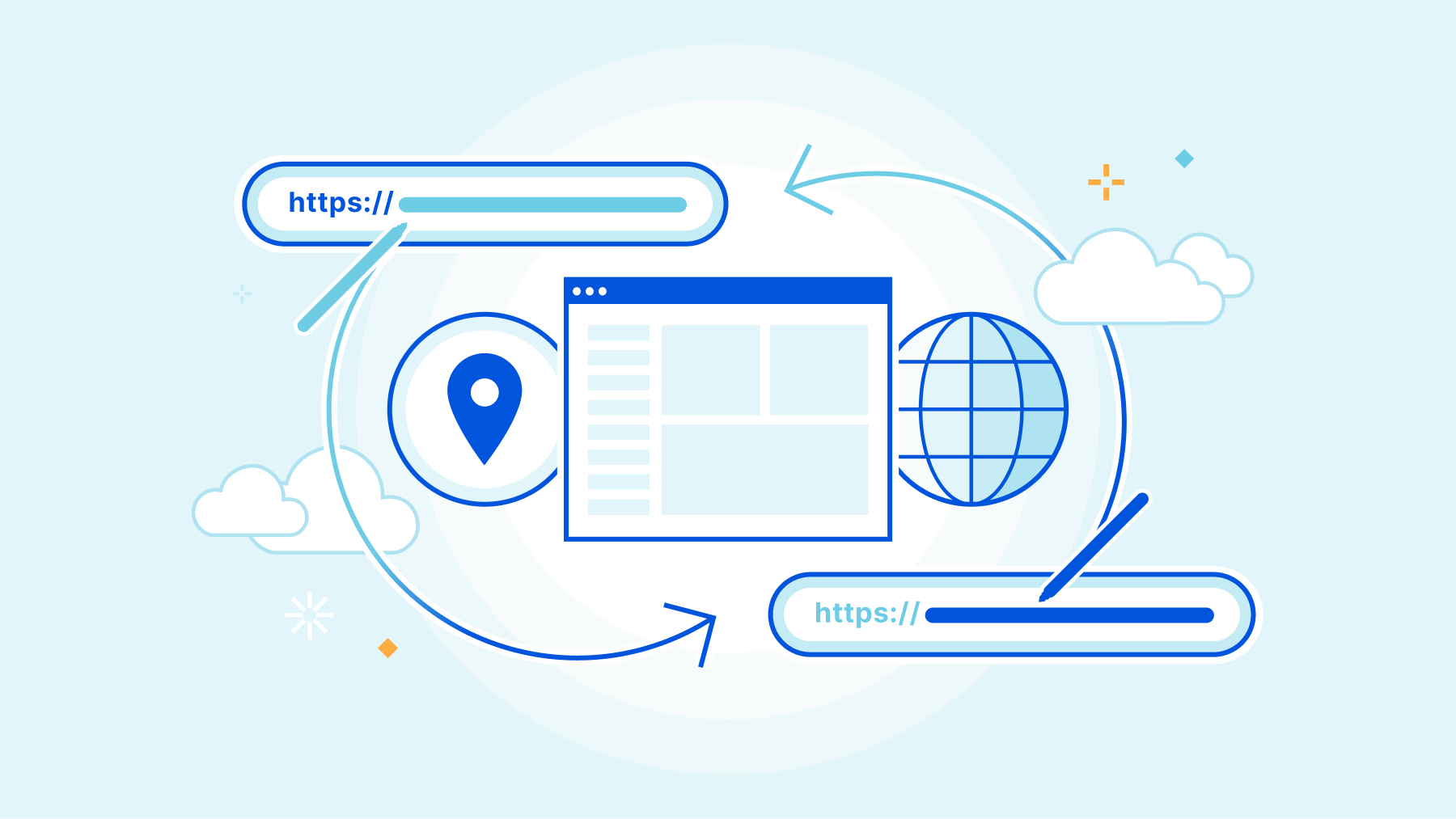
The Internet is a dynamic place. Websites are constantly changing as technologies and business practices evolve. What was front-page news is quickly moved into a sub-directory. To ensure website visitors continue to see the correct webpage even if it has been moved, administrators often implement URL redirects.
A URL redirect is a mapping from one location on the Internet to another, effectively telling the visitor's browser that the location of the page has changed, and where they can now find it. This is achieved by providing a virtual ‘link’ between the content’s original and new location.
URL Redirects have typically been implemented as Page Rules within Cloudflare, however Page Rules only match on the URL, rather than other elements such as the visitor's source country or preferred language. This limitation meant customers with a need for more dynamic URL redirects had to implement alternative solutions such Cloudflare Workers to achieve their goals.
To simplify the management of these more complex use cases we have created Dynamic Redirects. With Dynamic Redirects, users can redirect visitors to another webpage or website based upon hundreds of options such as the visitor's country of origin or language, without having to write a single line Continue reading
Build real-time video and audio apps on the world’s most interconnected network

This post is also available in 简体中文, 日本語 and Español.

In the last two years, there has been a rapid rise in real-time apps that help groups of people get together virtually with near-zero latency. User expectations have also increased: your users expect real-time video and audio features to work flawlessly. We found that developers building real-time apps want to spend less time building and maintaining low-level infrastructure. Developers also told us they want to spend more time building features that truly make their idea special.
So today, we are announcing a new product that lets developers build real-time audio/video apps. Cloudflare Calls exposes a set of APIs that allows you to build things like:
- A video conferencing app with a custom UI
- An interactive conversation where the moderators can invite select audience members “on stage” as speakers
- A privacy-first group workout app where only the instructor can view all the participants while the participants can only view the instructor
- Remote 'fireside chats' where one or multiple people can have a video call with an audience of 10,000+ people in real time (<100ms delay)
The protocol that makes all this possible is WebRTC. And Cloudflare Calls is the product Continue reading